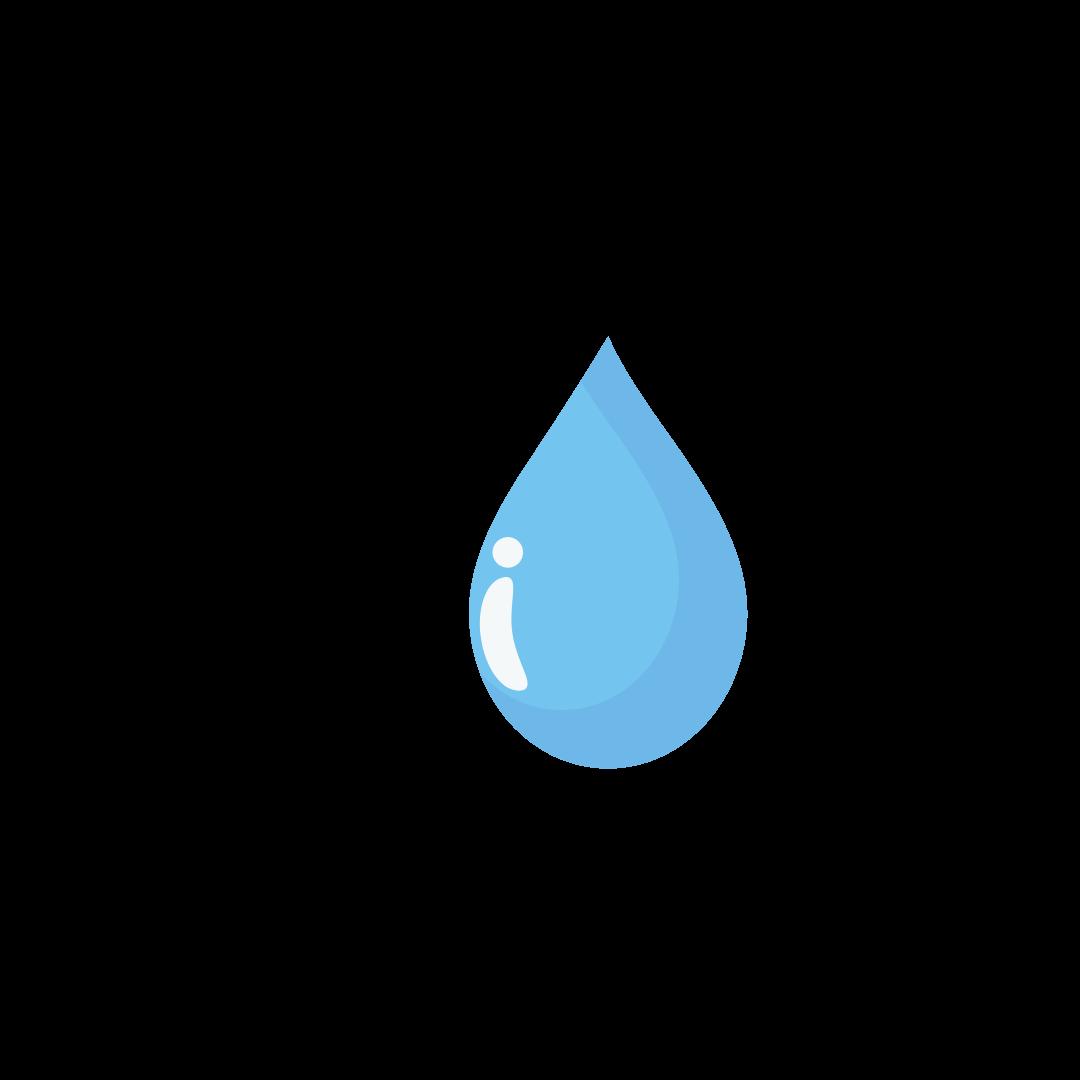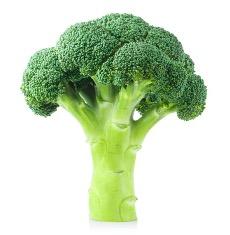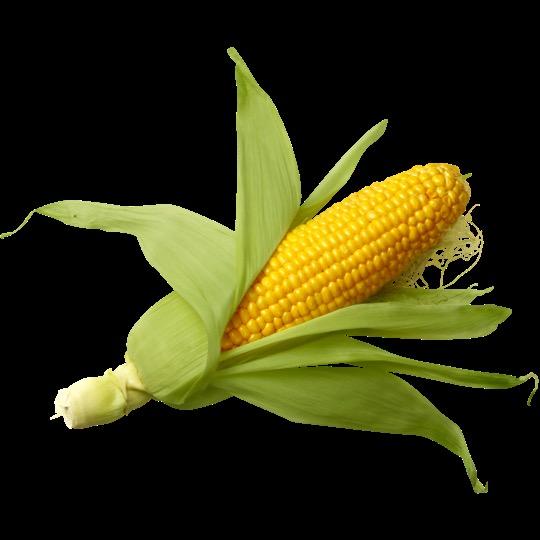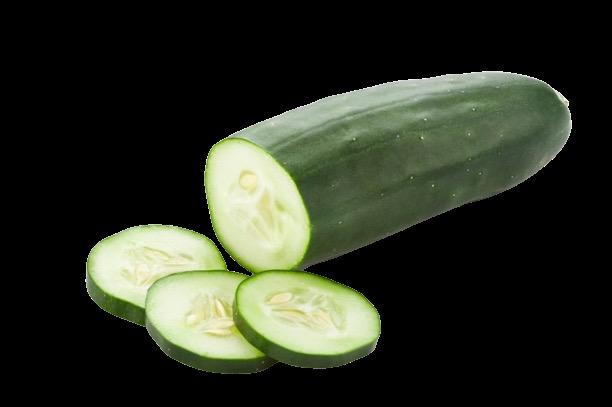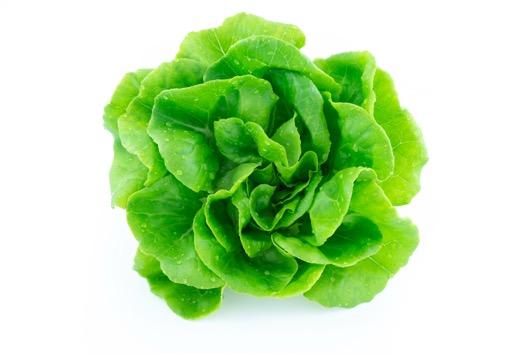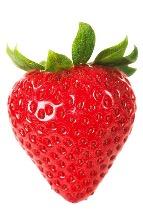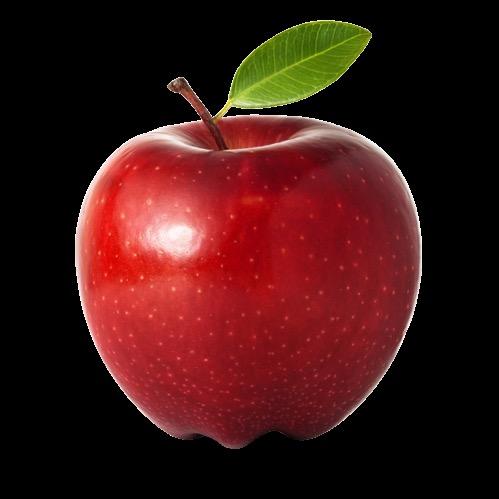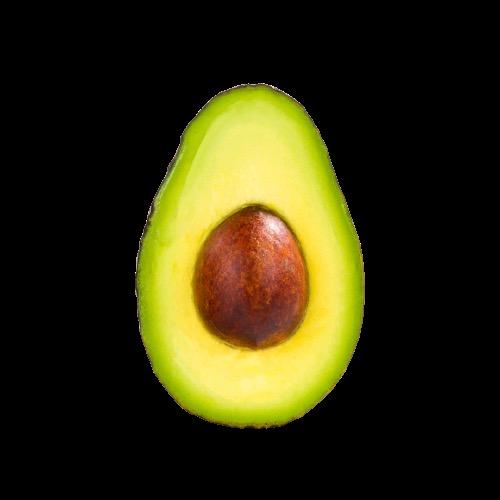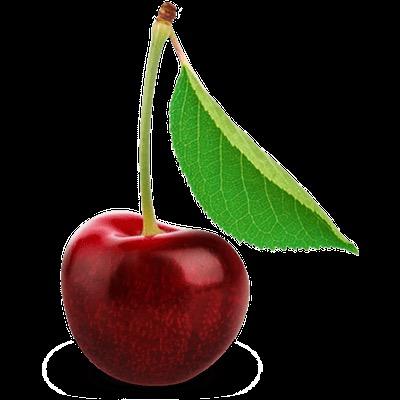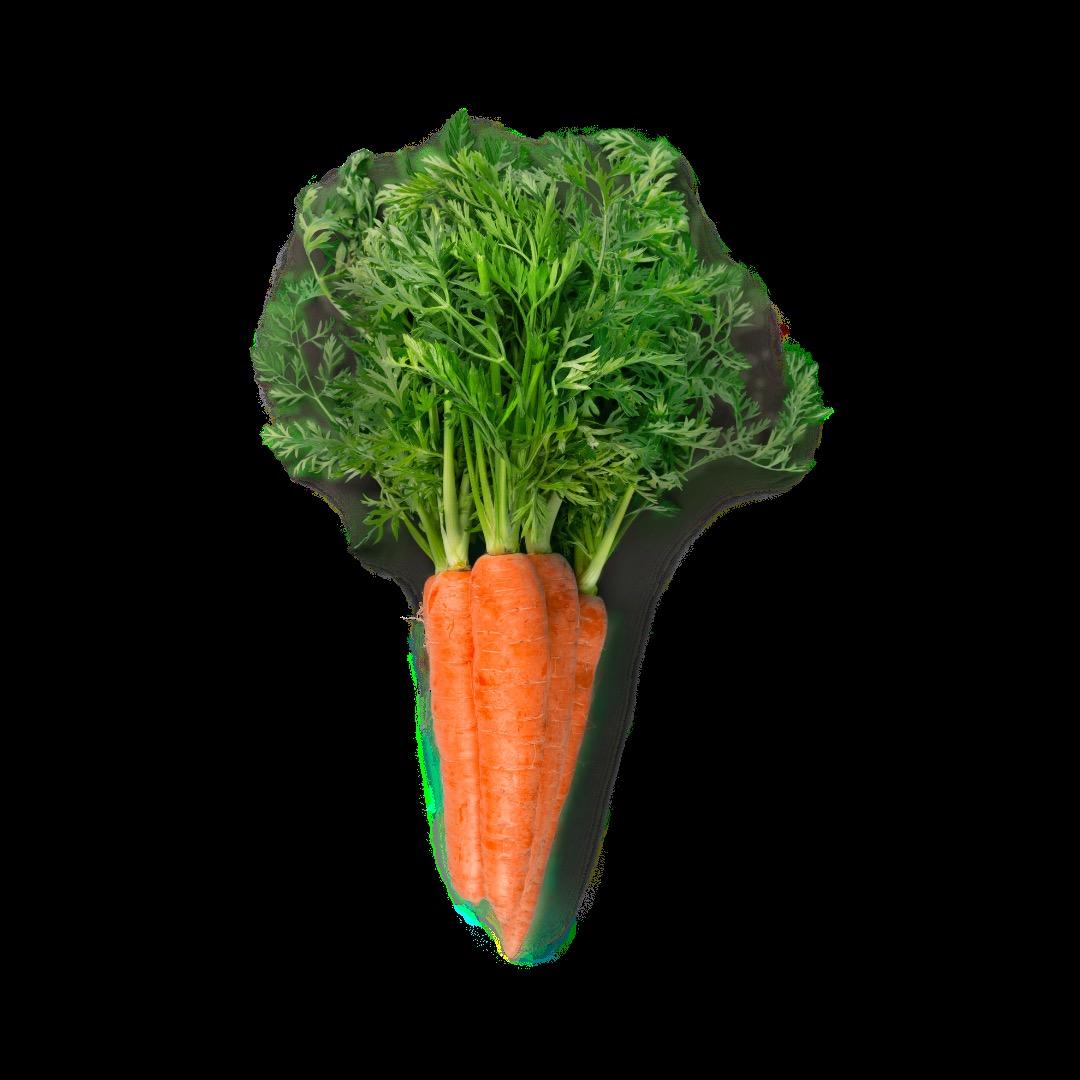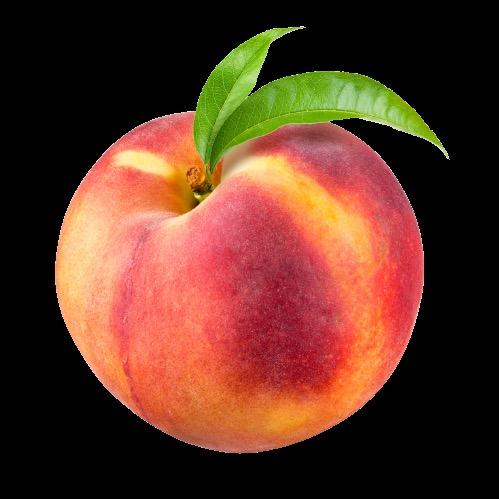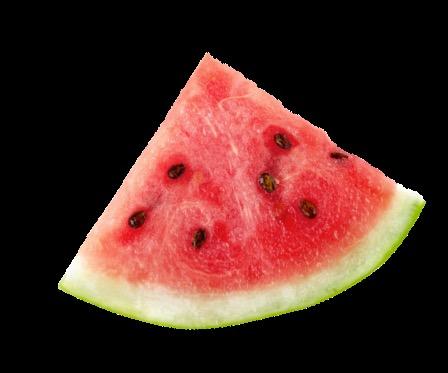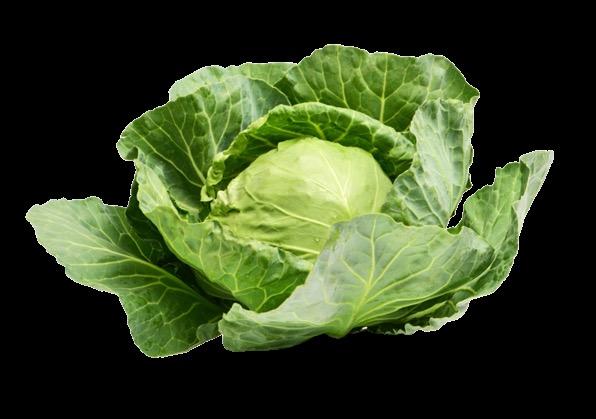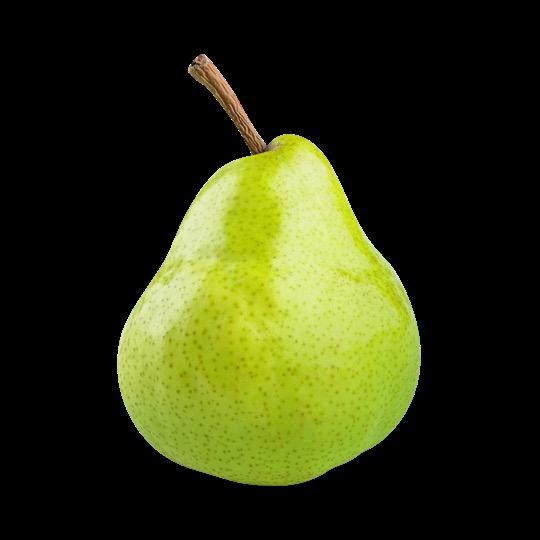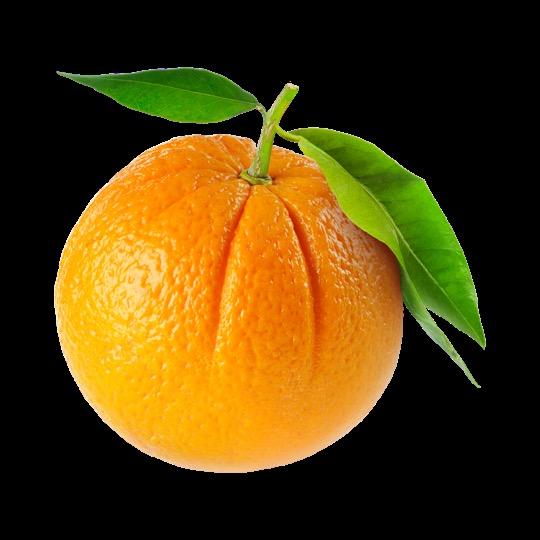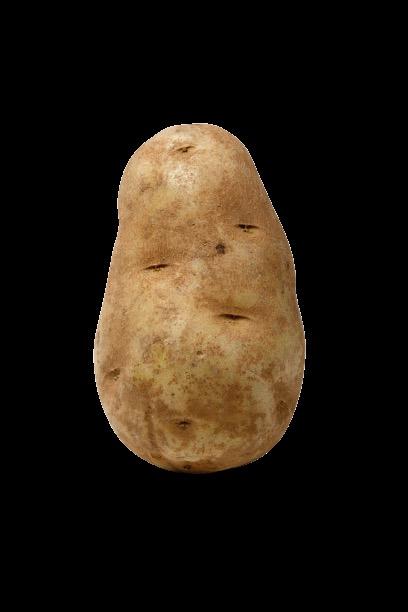2024/2025 EDITION


2024/2025 EDITION

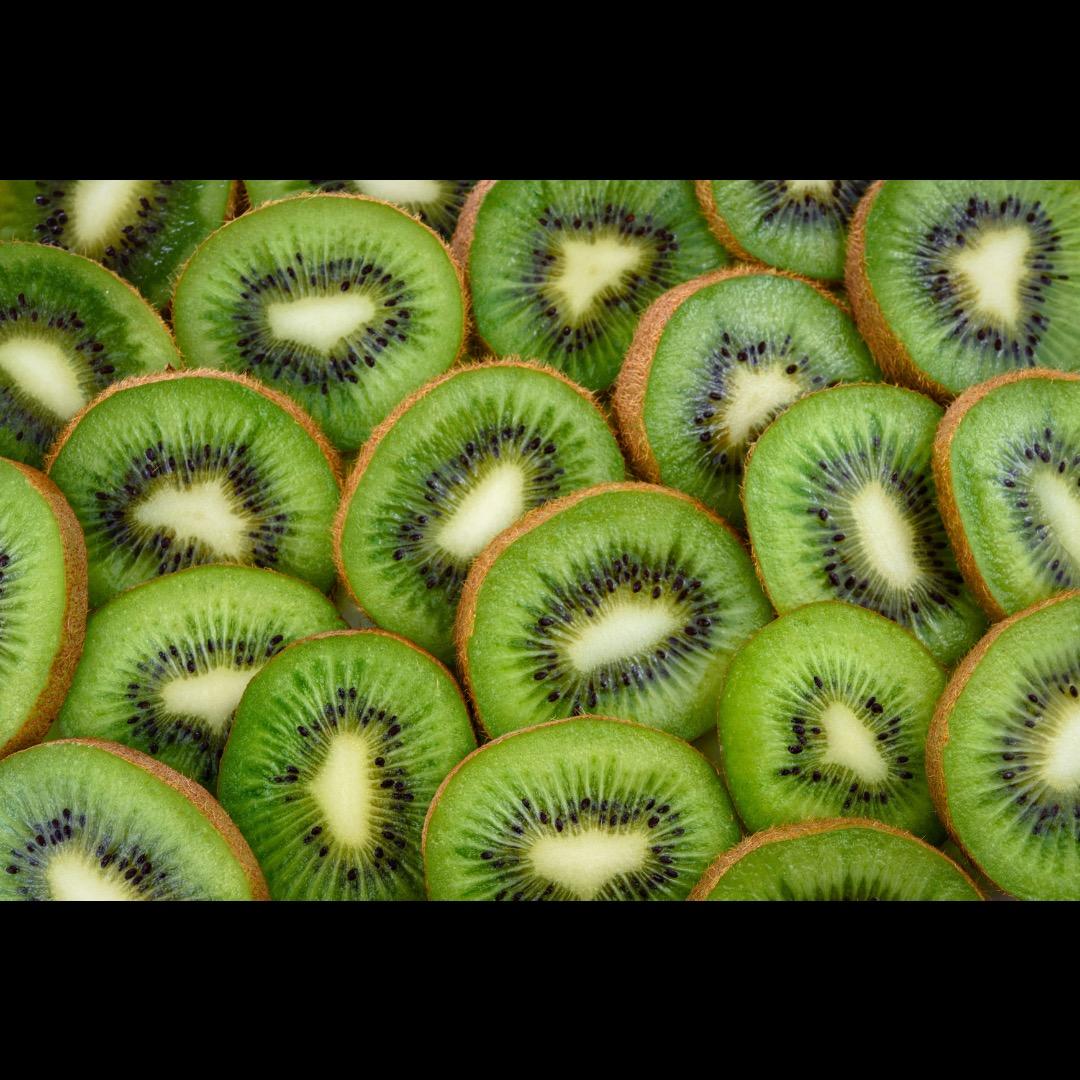
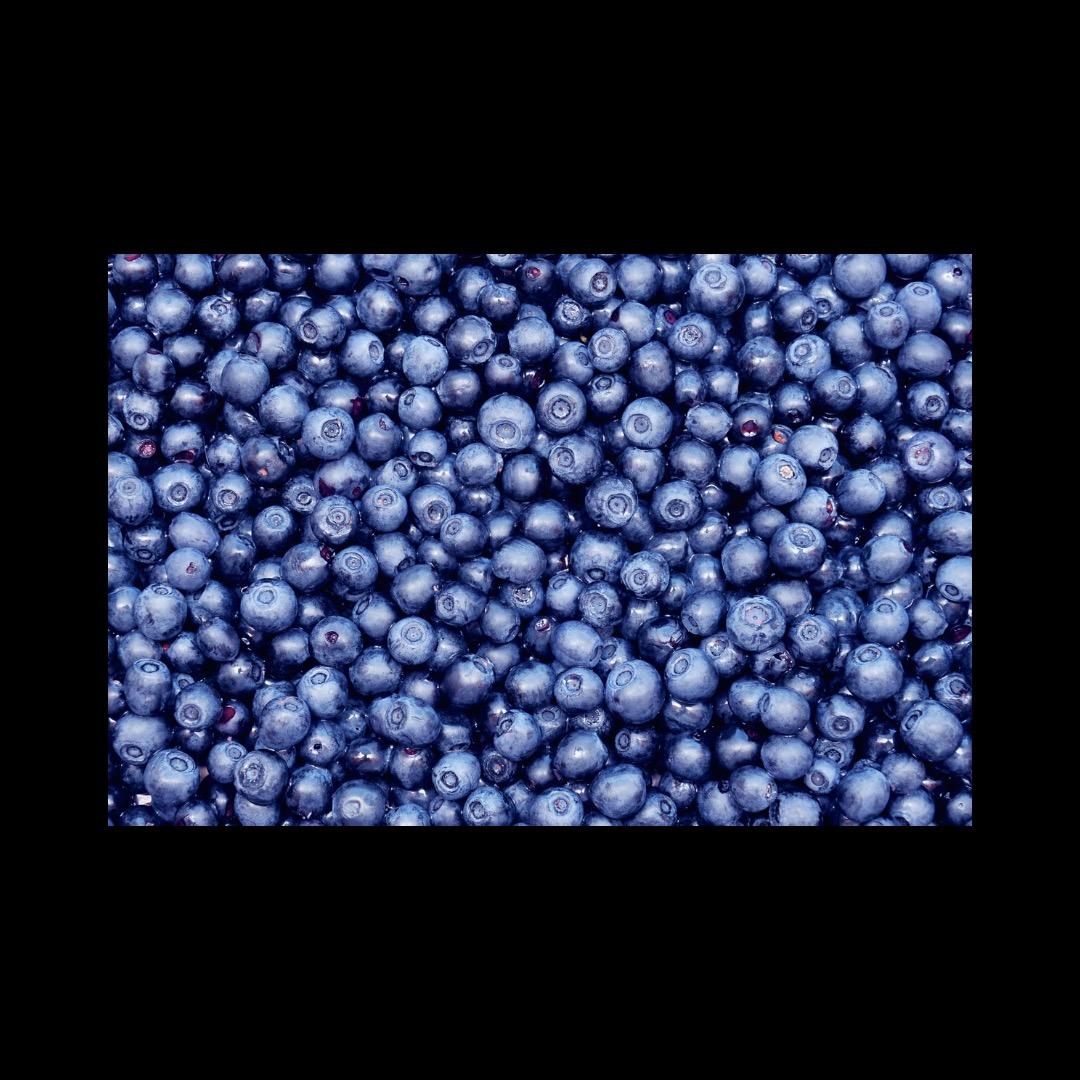

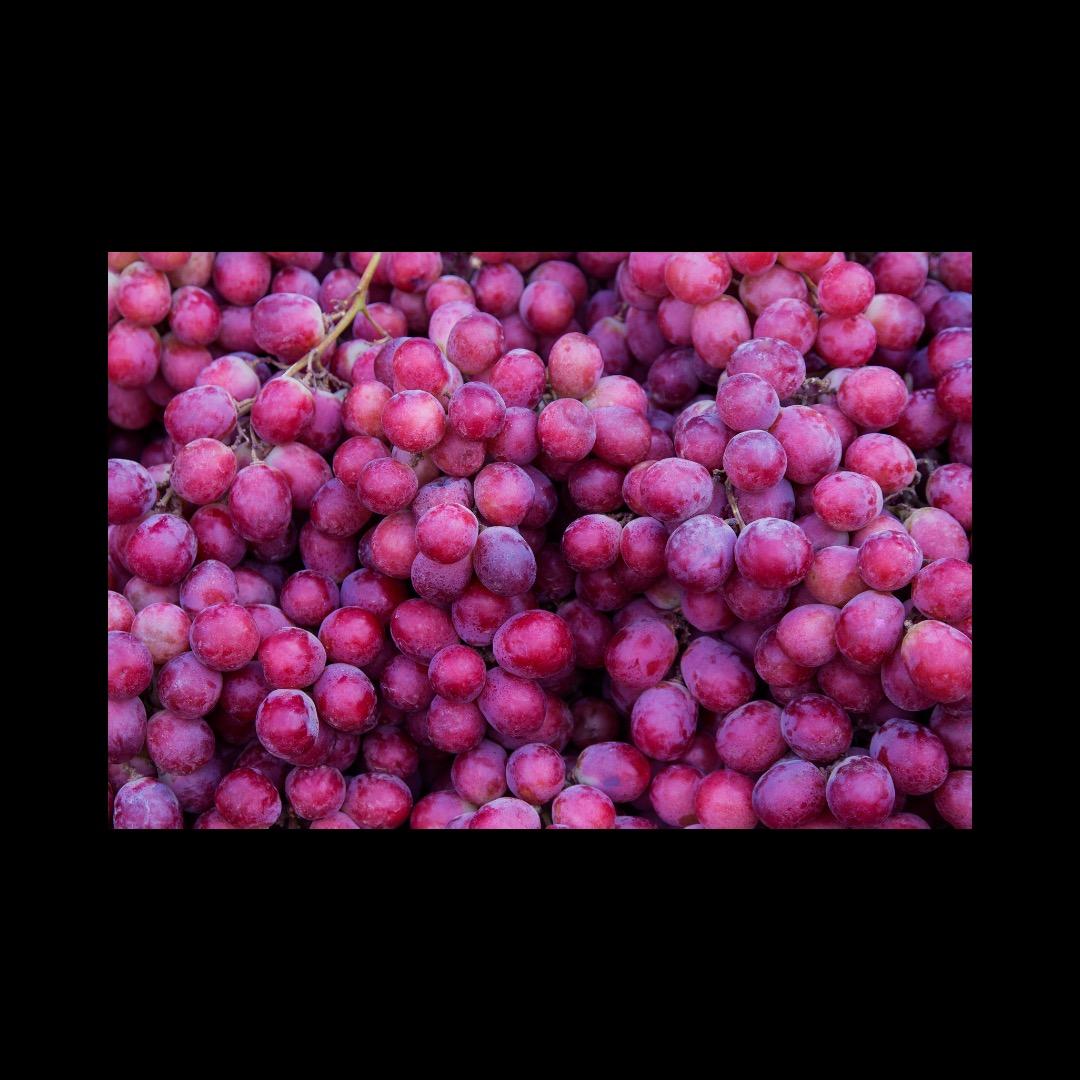
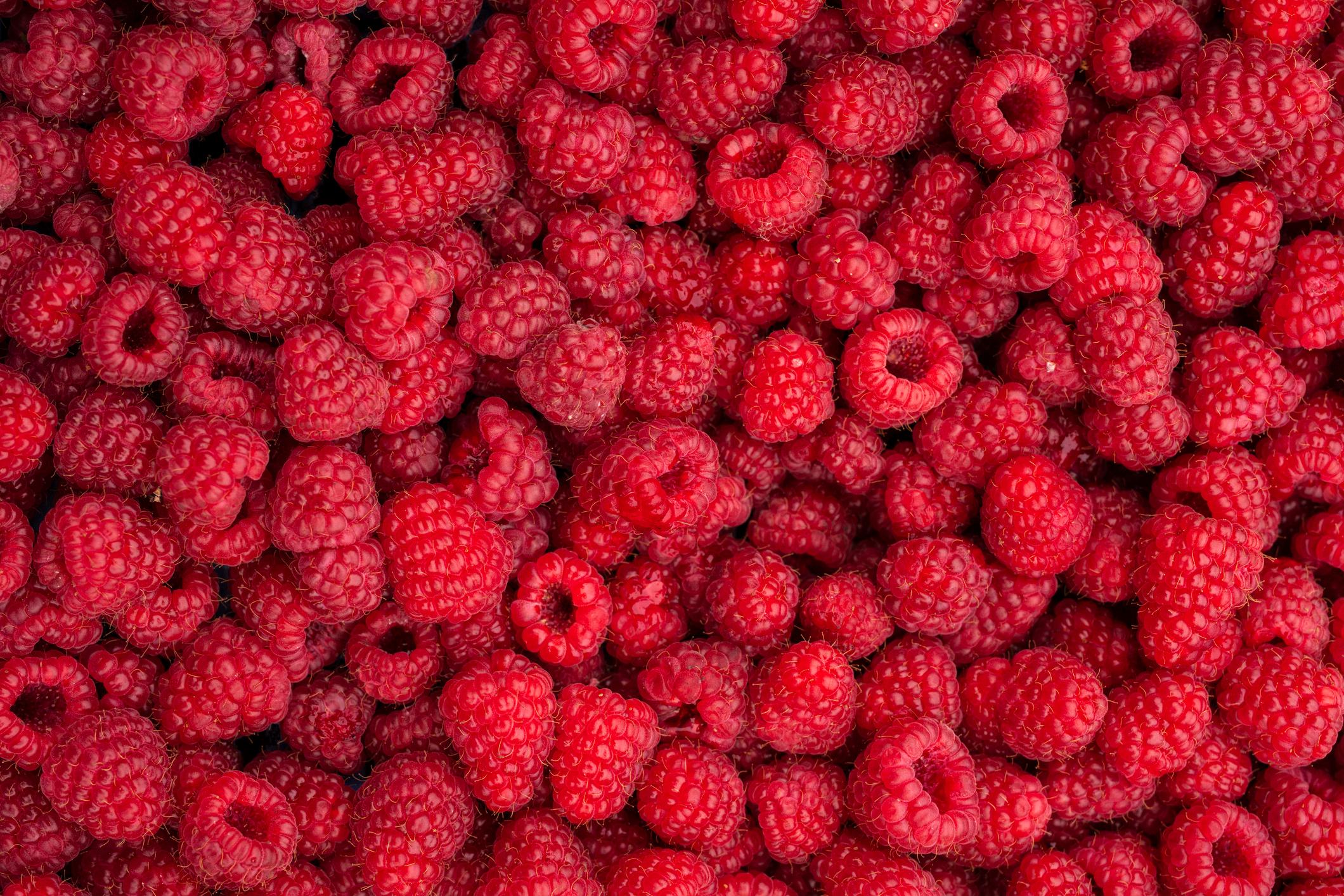
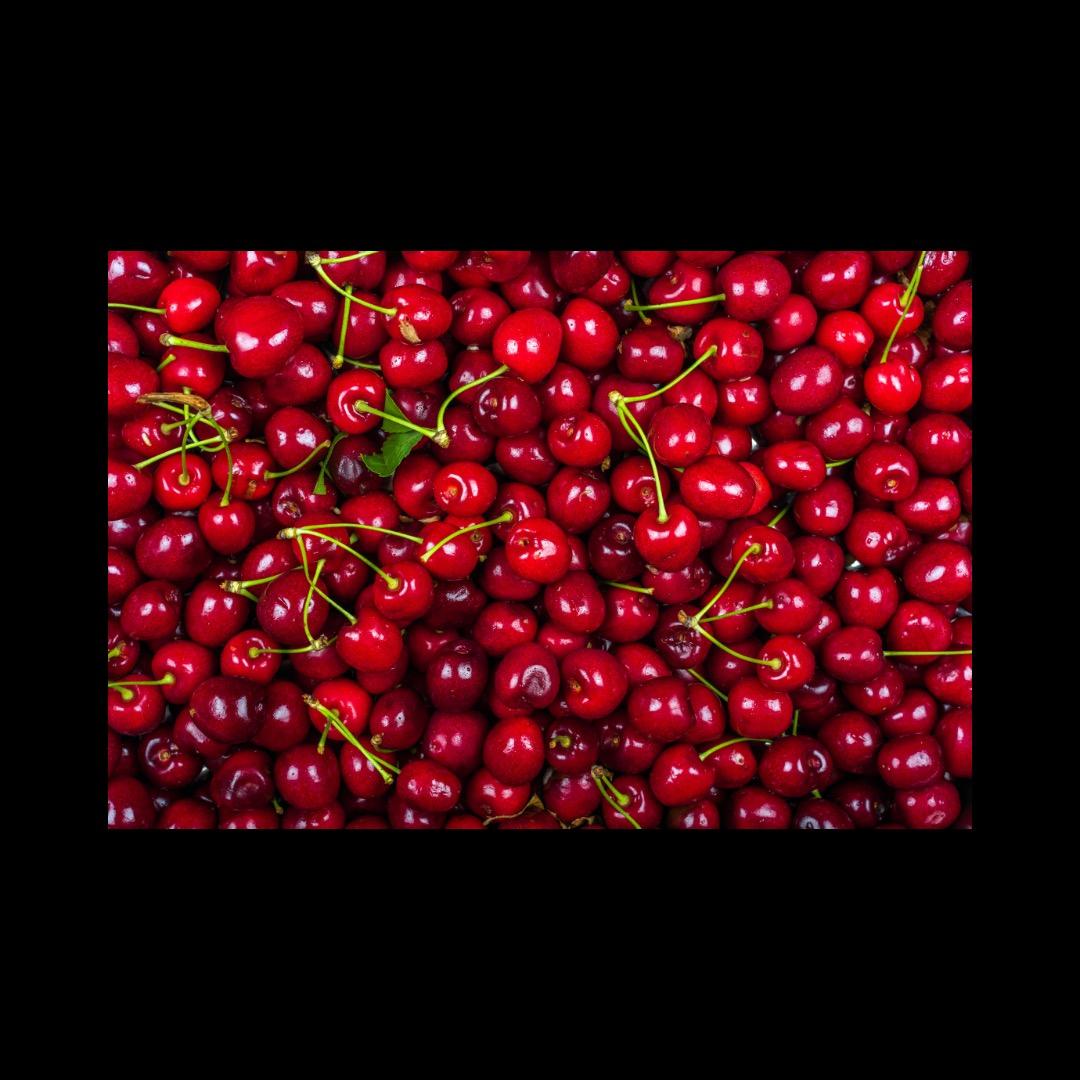


Greene County School System’s School Nutrition Services is proud to be participating in Wellness Wednesdays serving healthy foods & prompting the importance of nutrition education!
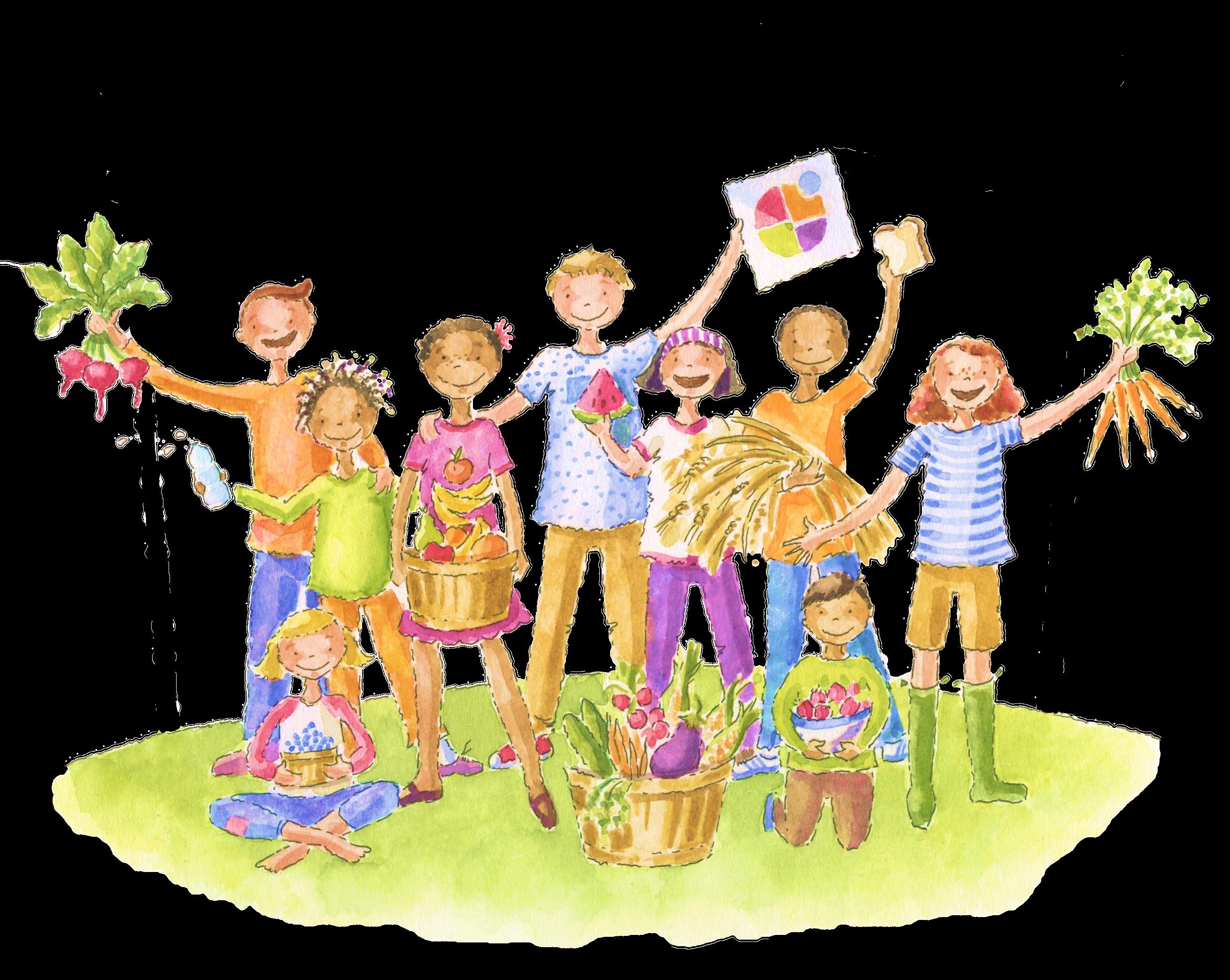
Greene County School System’s Wellness Policy

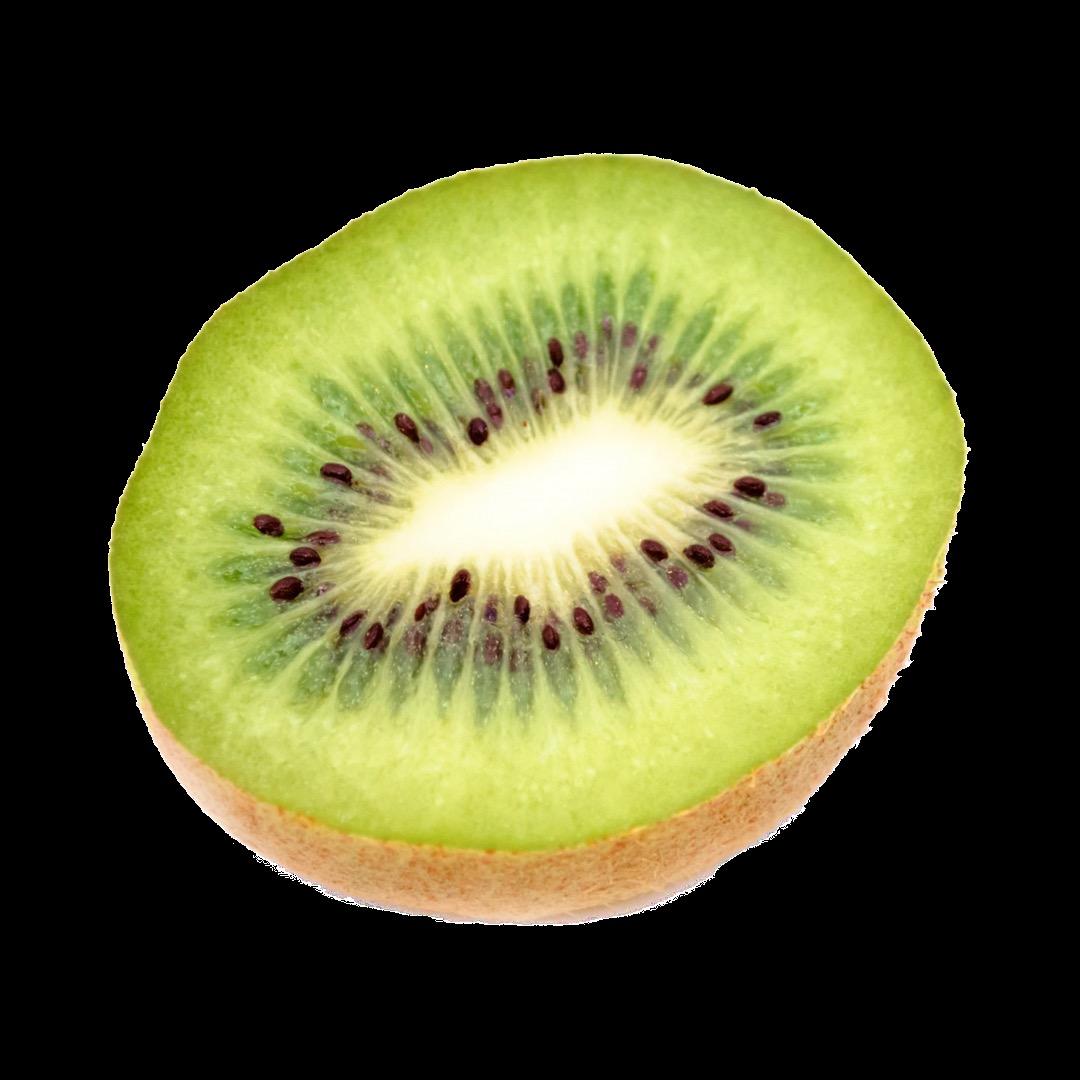


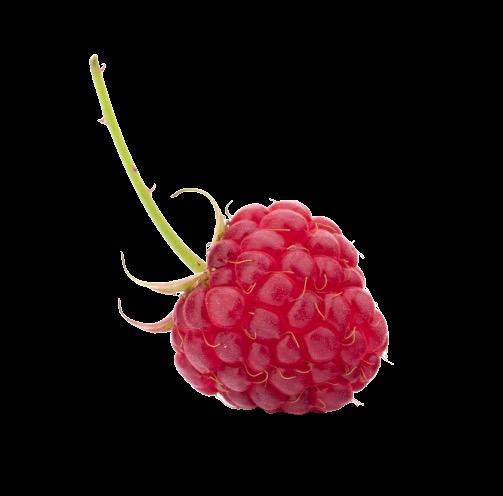
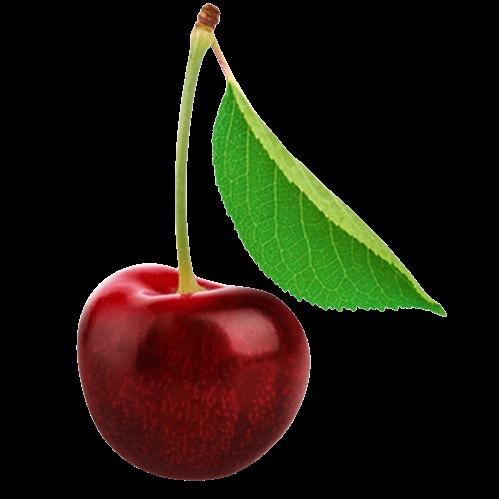
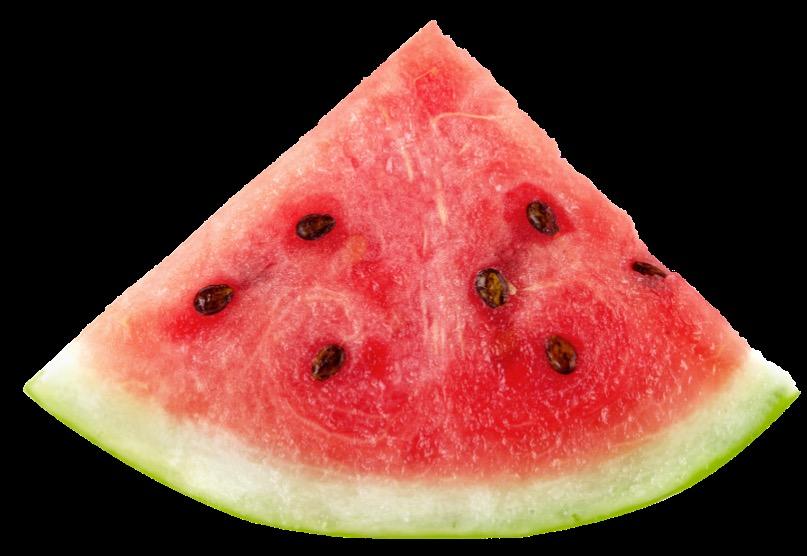




Kiwifruit is a type of true berry – a type of berry that grows from one singular flower
98% of all kiwifruit grown in the U.S. comes from California.
1 MILLION TONS of kiwifruit

a very long growing season of 240 days.


Kiwifruit vines can produce fruit for up to 30 years. ALL is harvested by hand.
400+ varieties.

Kiwifruits grow

Bees are the main pollinators for kiwifruit.





Vitamin K supports proper blood function, bone growth & kidney health. The body has the ability to create vitamin K on its own.
2 main forms of vitamin K: K1 and K2. soluble which means…
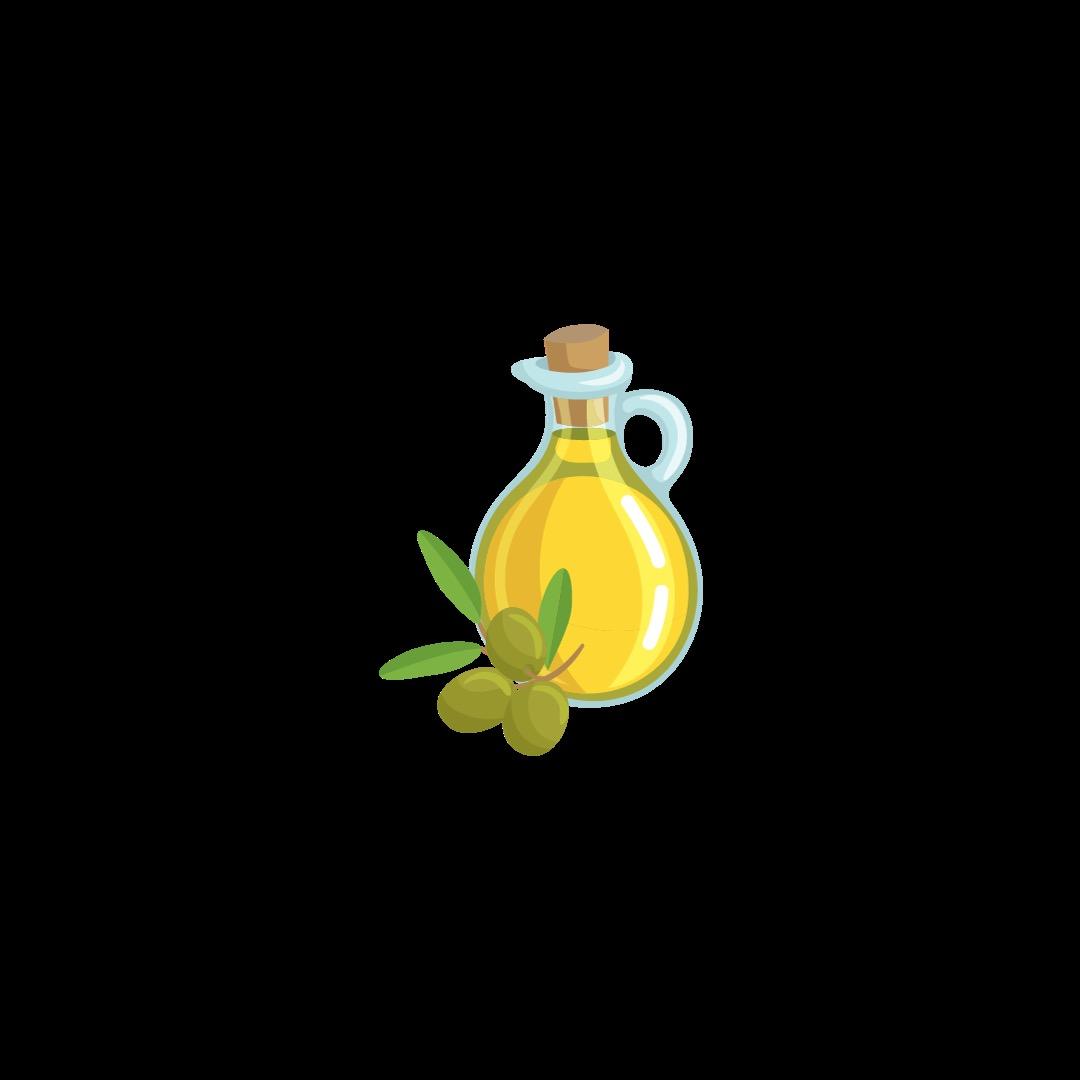

Vitamin K helps the body heal from wounds.
It absorbs better into the body when eaten with foods with some fat like olive oil

Vitamin K helps produce proteins that bind themselves to calcium - this helps build strong bones.

Vitamin K supports heart health.

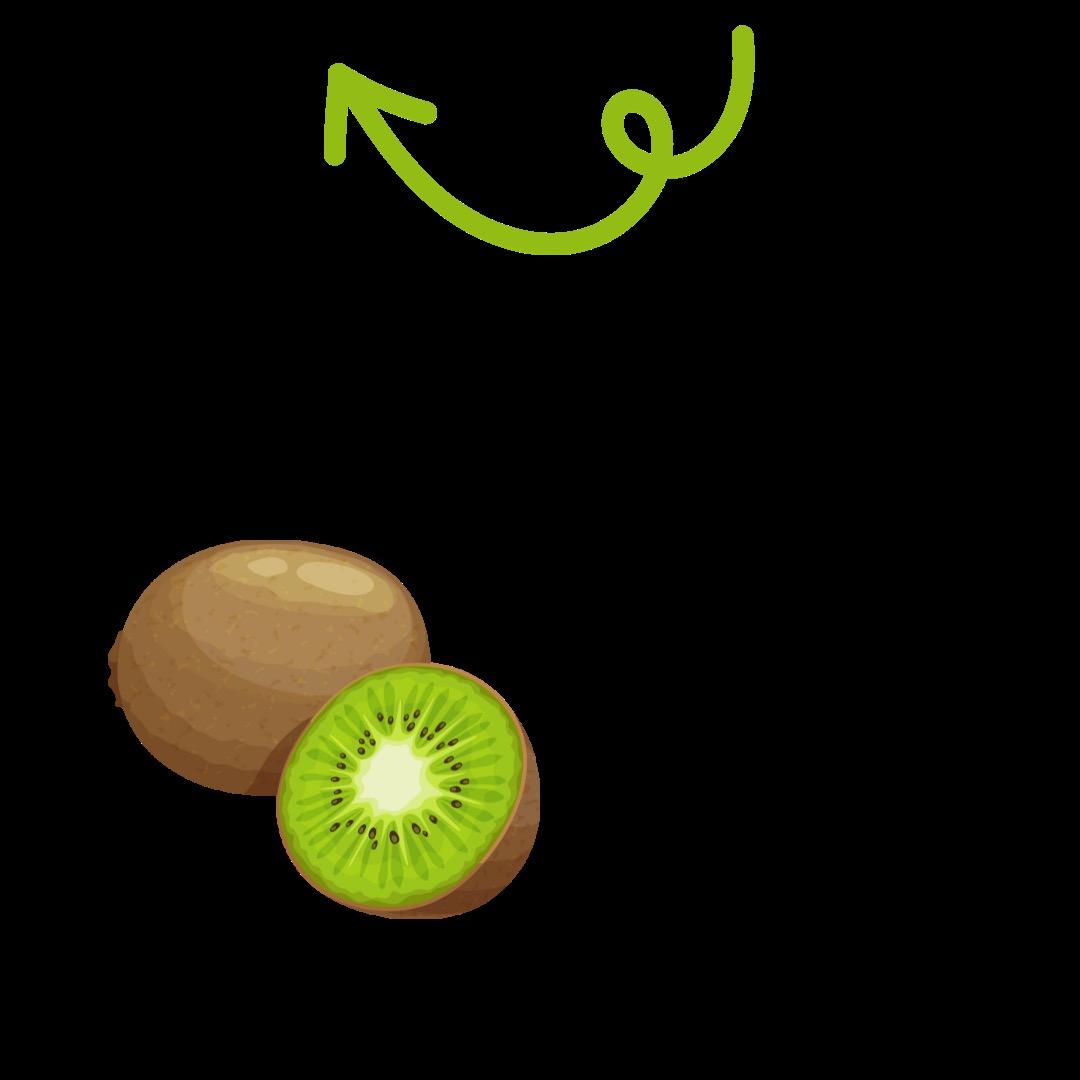
Vitamin K is found throughout the body in the liver, brain, heart, pancreas & bones.
Vitamin K plays a role in proper blood function- specifically with clotting.



Grapes are a type of that grows in clusters.
“Table grapes grown to be eaten fresh.
Grapes can be red, green purple, blue &
There are over 8,000 different kinds of grapes.
Grapes grow on vines in farms called vineyards.
grown in the U.S. are from California .
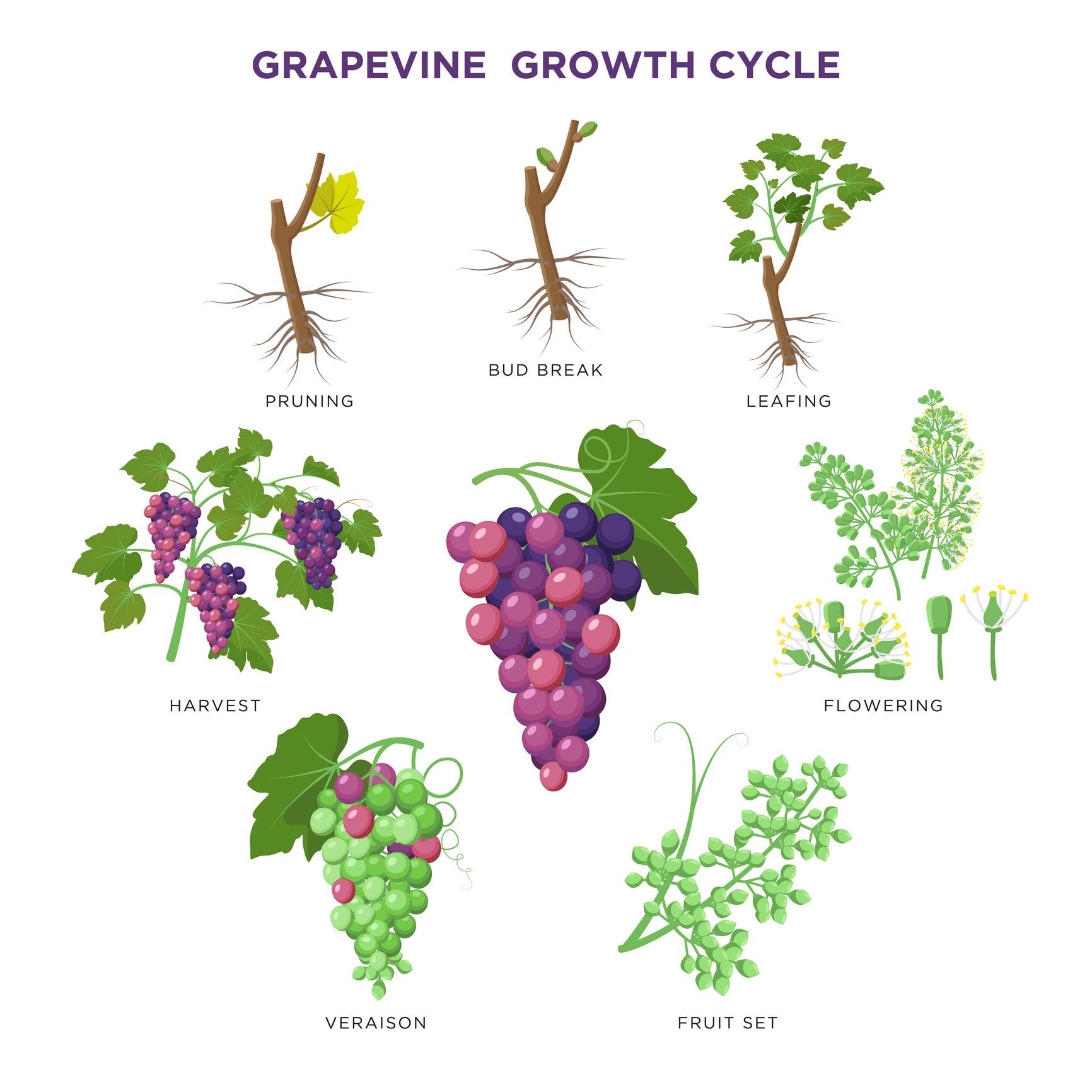
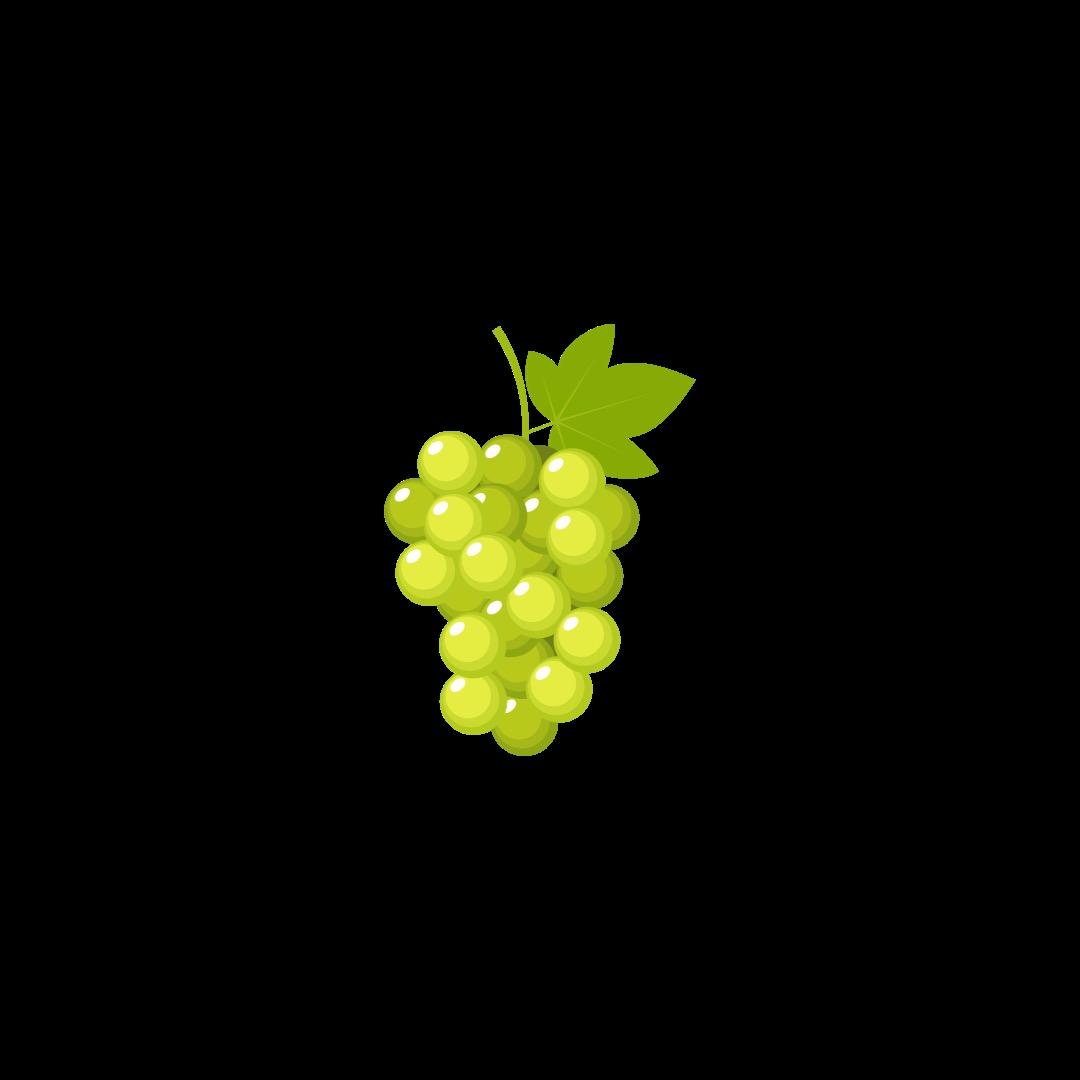
peak season in the U.S. from August through October.
1 grapevine produces around 40 clusters of grapes.


Grapevines can reach up to 50 feet in length.


1 grape cluster contains around 75 grapes.


B Vitamins help support the body’s energy levels, brain function & cell metabolism
essential B vitamins:
Vitamin B1, Vitamin B2, Vitamin B3, Vitamin B5, Vitamin B6, Vitamin B7, Vitamin B9 & Vitamin B12.

Water is needed to help the body absorb B vitamins.
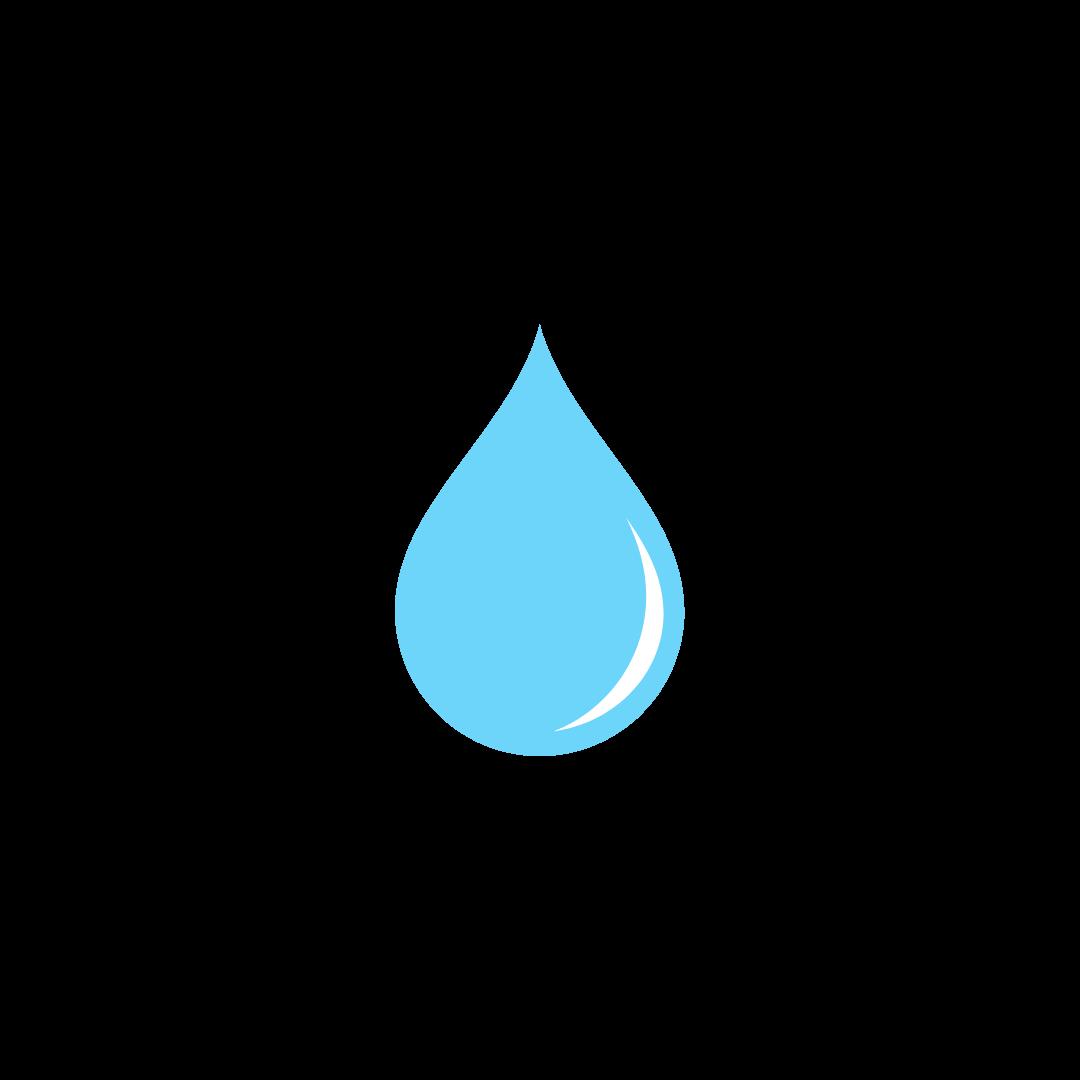
B5, B12, C and E knock on your door…what do you do?
In-Vitamin!
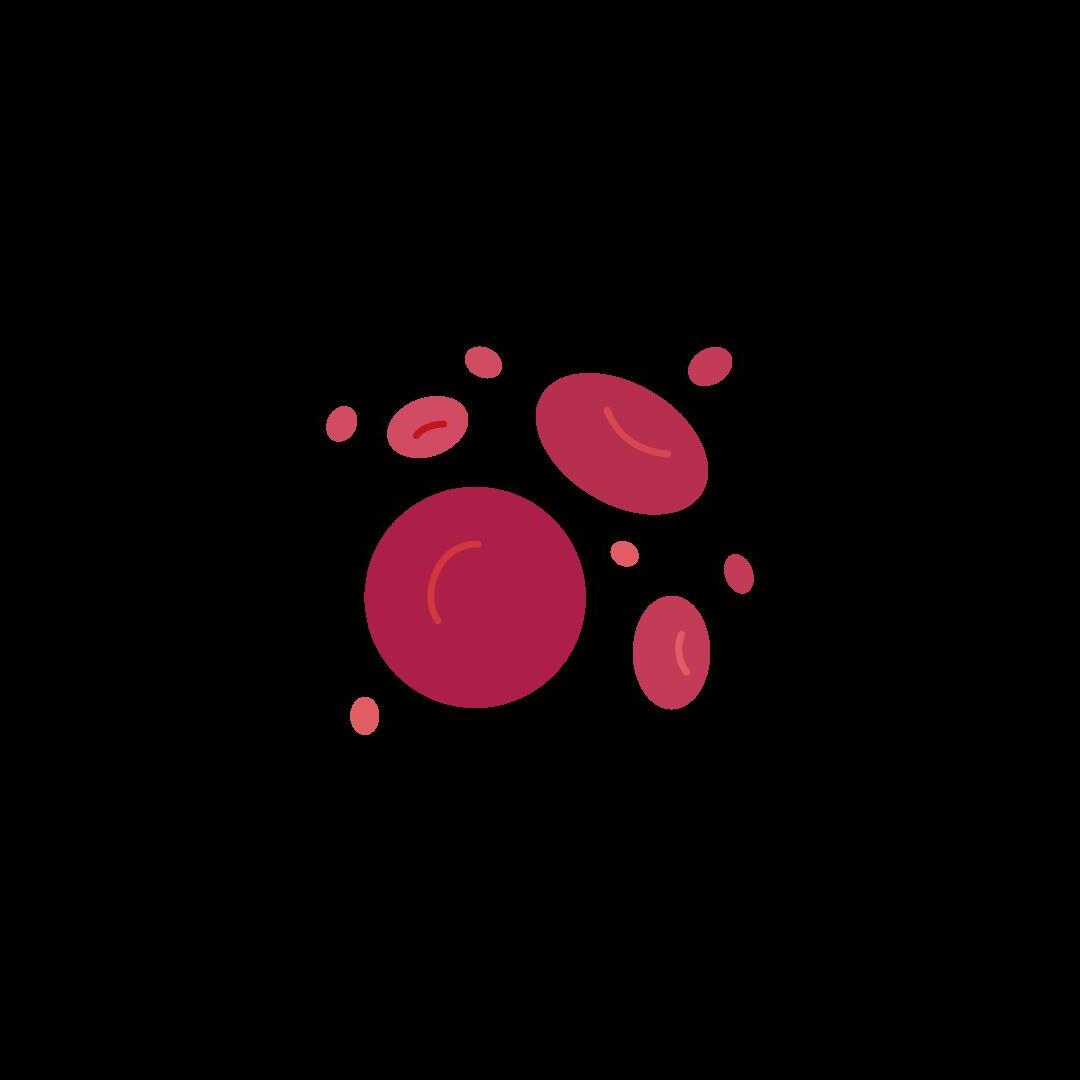


B vitamins helps the body make energy from food.
The body cannot store most B vitamins, so they need to be regularly consumed.

B vitamins plays a role in serotonin production.
Serotonin makes us feel happy

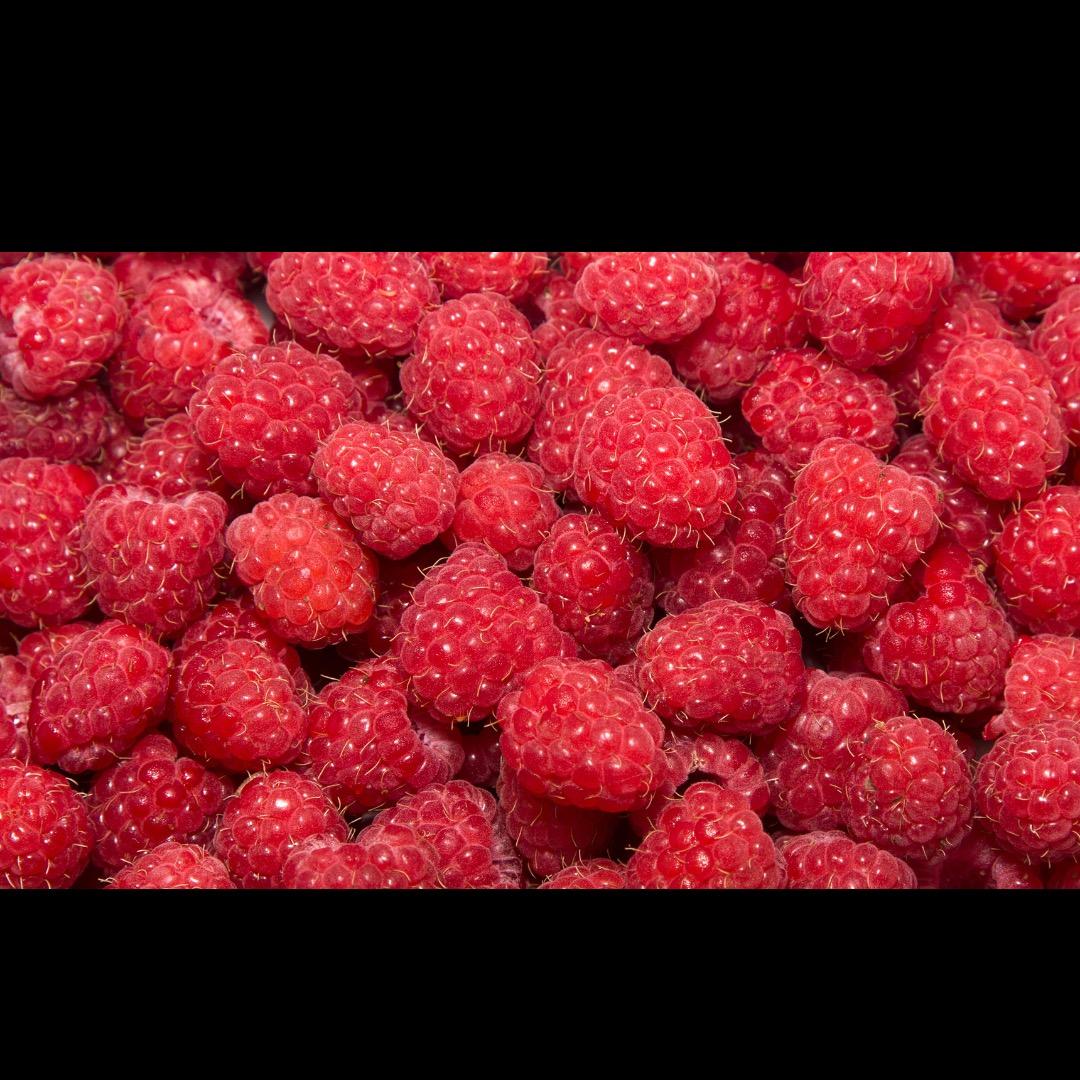


Raspberries are a type of aggregate fruit.

Raspberries are a part of the rose family.
1 raspberry plant can produce 300+ raspberries/year.
Raspberry plants can live for up to 10 years.
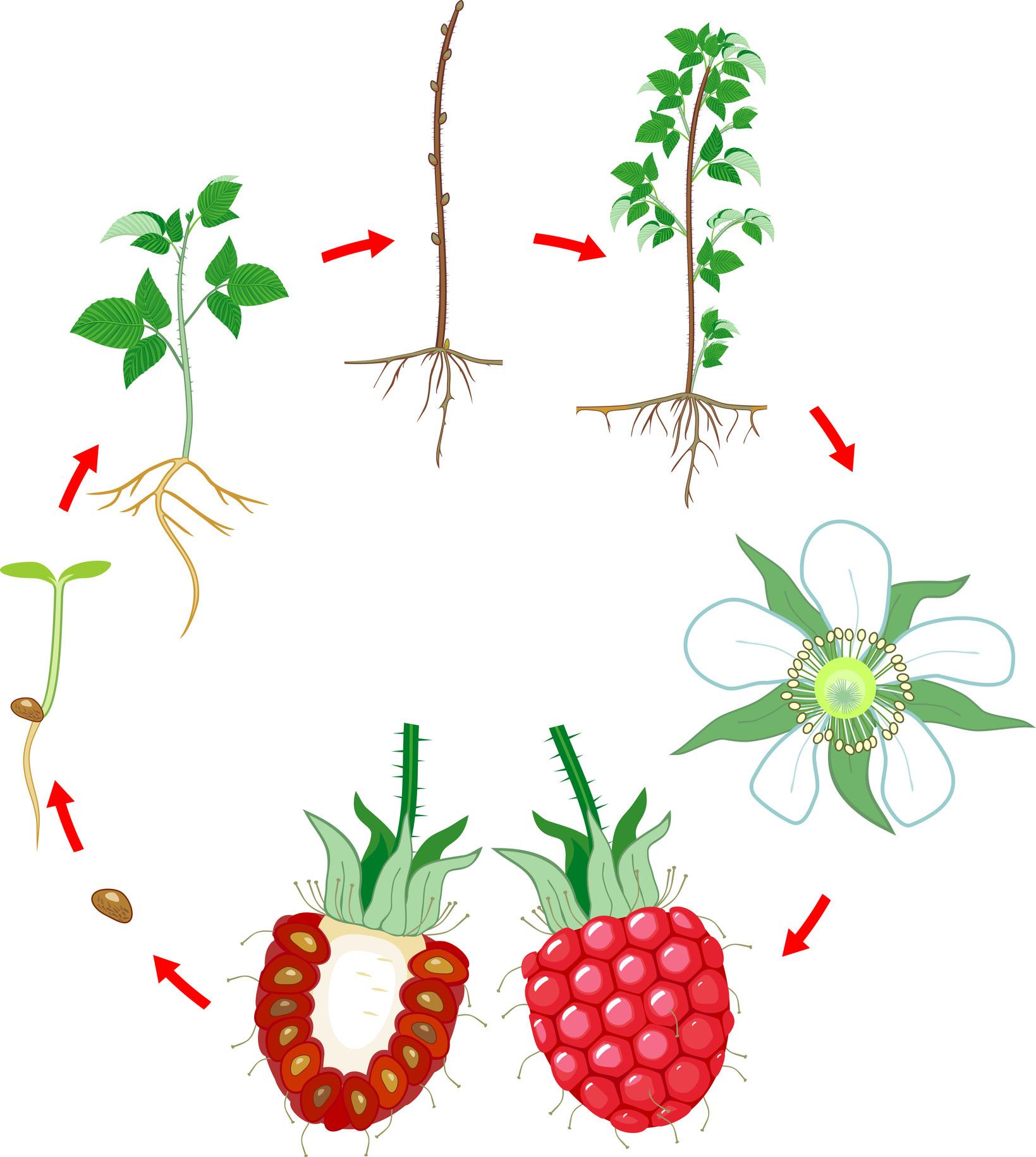
Aggregate fruits are a collection of drupelets held together.

Every raspberry contains 100-120 small seeds – 1 seed per “drupelet.”
Raspberries are related to blackberries.
200+ varieties of raspberries.
Red raspberries are the most common type of raspberry.
Raspberries can be red gold or Raspberries grow best in places with cool summers






Vitamin C supports the immune systemthe body’s defense against infections.

Vitamin C is also referred to as “ascorbic acid.”

Vitamin C is an antioxidant. Antioxidants help protect against damage caused by exposure to harmful substances in the environment.

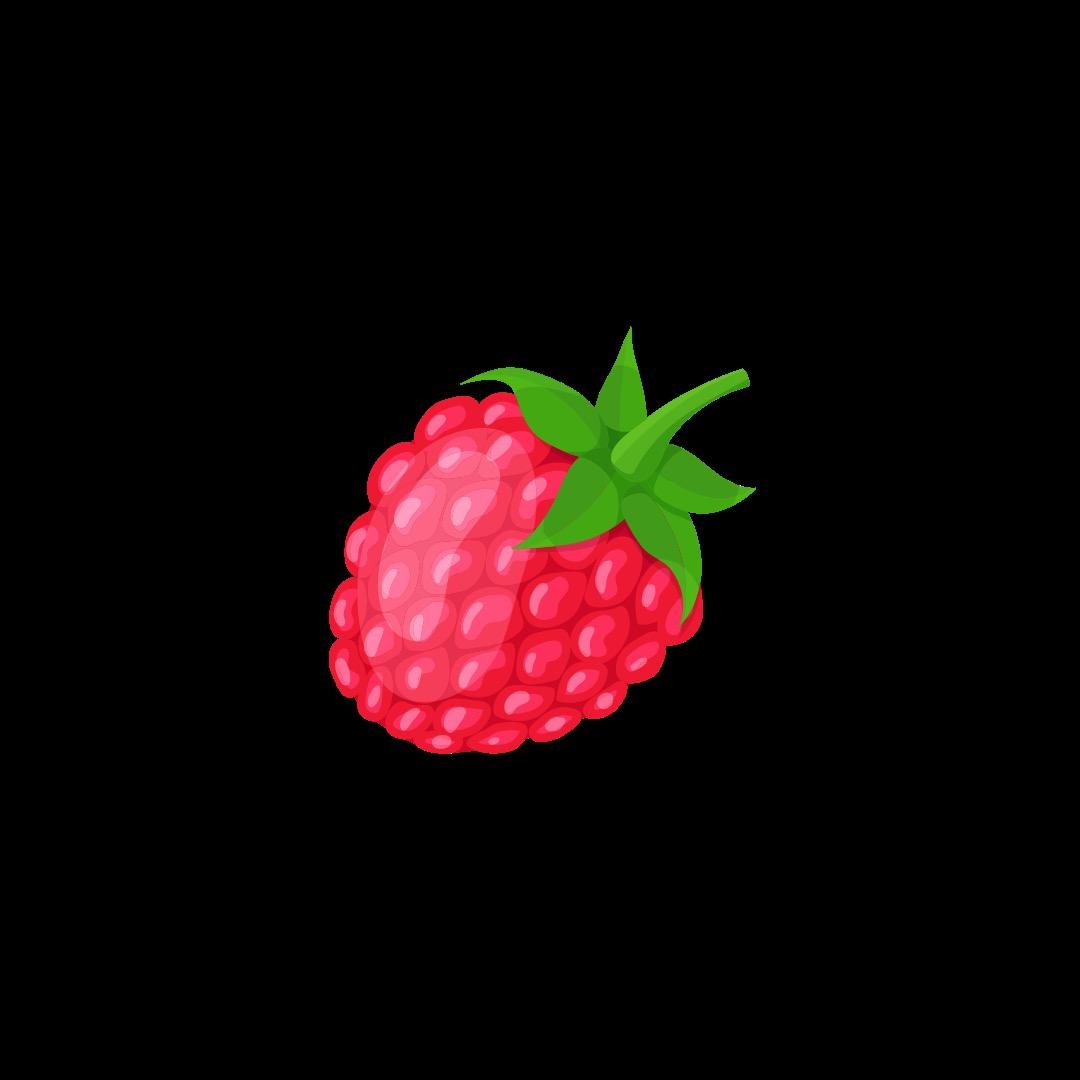
The body cannot make vitamin C on its own - it has to come from food.
Vitamin C helps keep you happy & healthy! What do you call a vitamin that improves your eyesight?


Vitamin C is a very important vitamin for healthy gums & teeth.
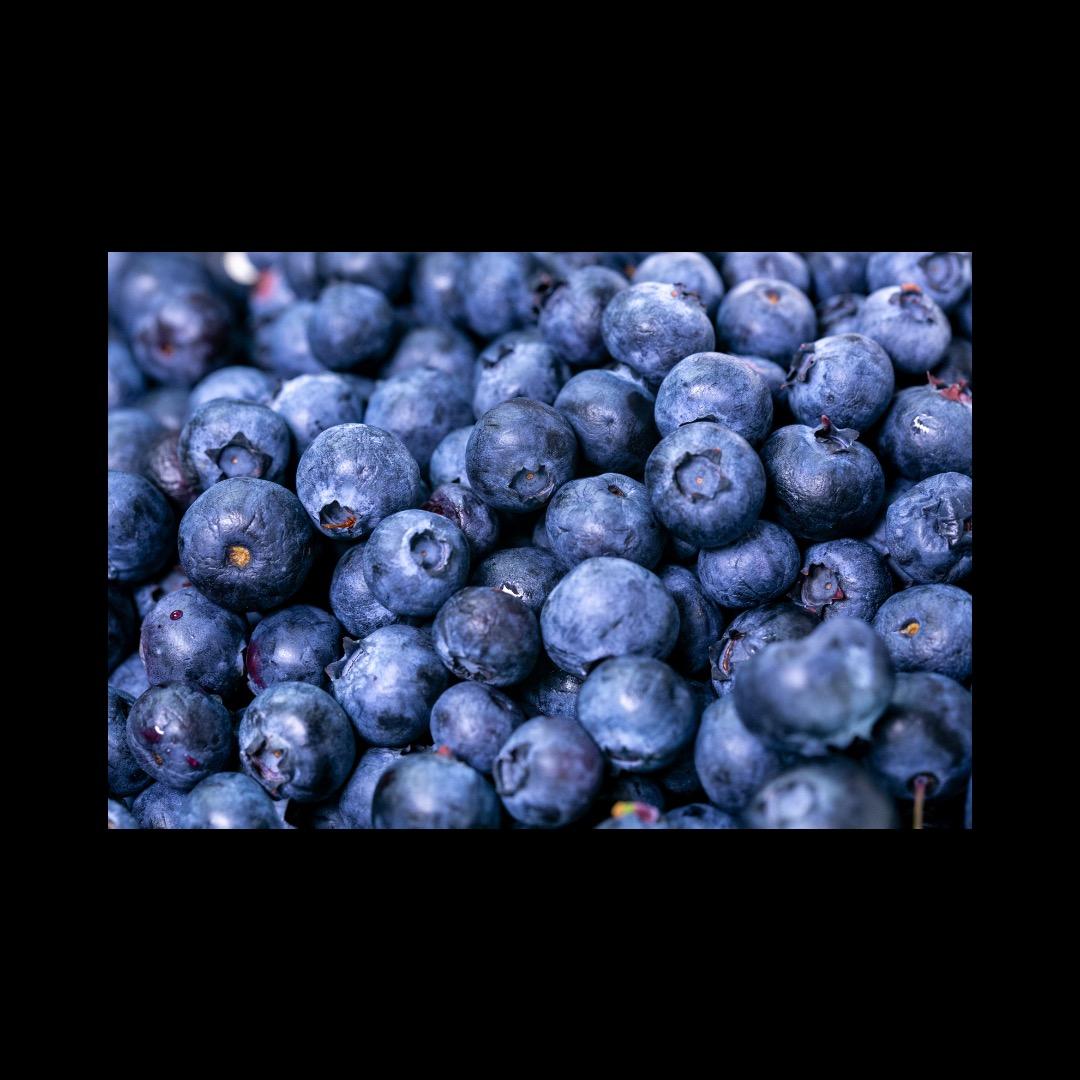


Blueberries are a type of fruit known for their mildly tarte taste.
The U.S. is home to around 102,000 acres of blueberries.
Blueberries are native to North America.
4 JULY is National Blueberry Month!
Highbush blueberries are the most common.

The waxy coating on blueberries is called “bloom.”

1 blueberry bush can produce 6,000 blueberries/year.
Blueberries are one the only food naturally blue in color.
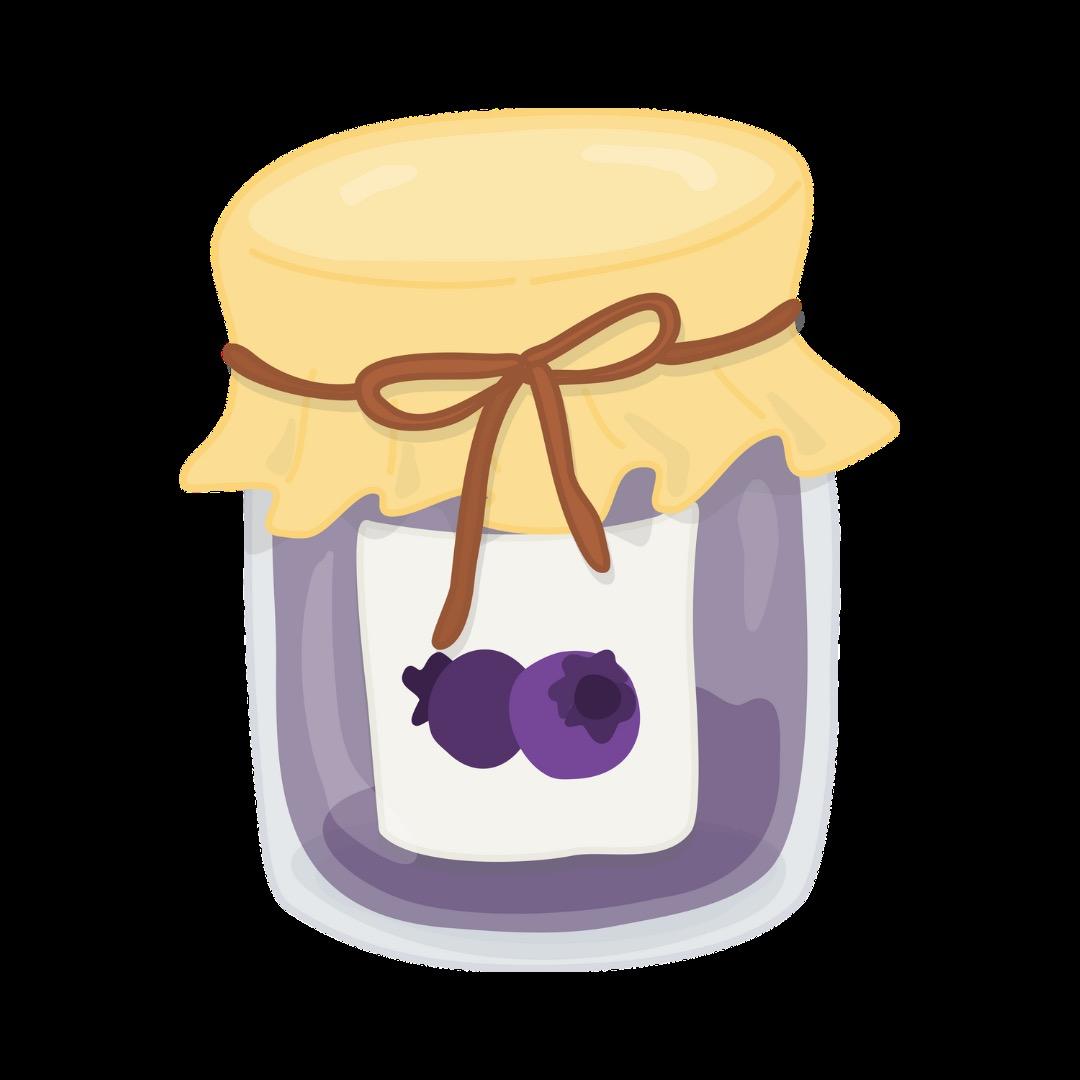
Lowbush blueberries are smaller & sweeterperfect for making jam!
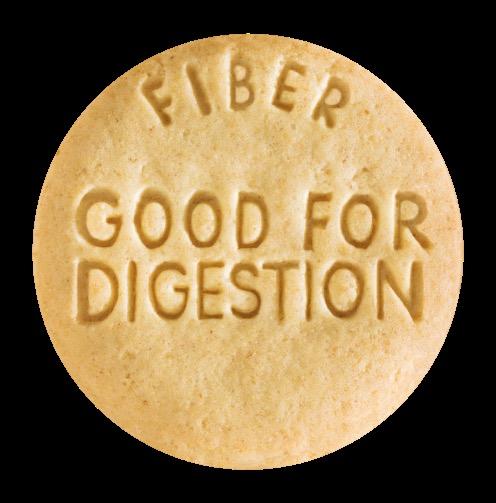



Fiber supports movement through the digestive system
Fiber is a type of carbohydrate body doesn’t digest, it simply passes through.
Soluble fiber dissolves in water…it helps regulate blood sugar levels and removes cholesterol from

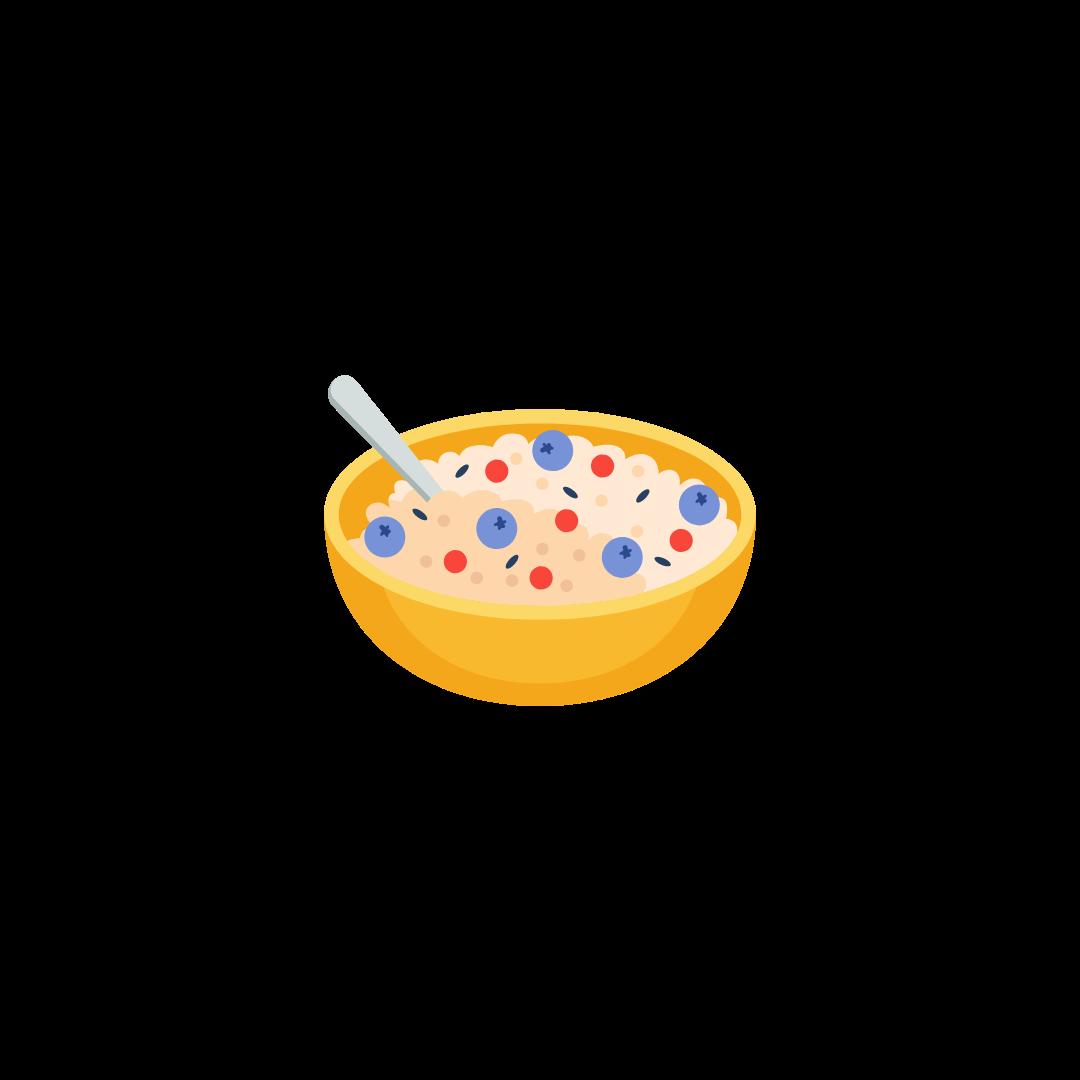
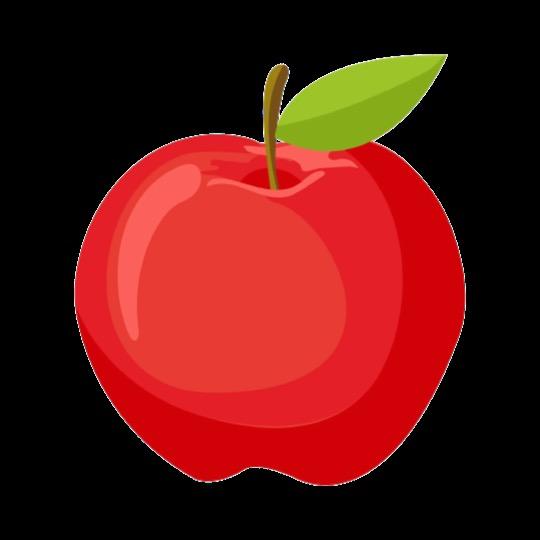
2 types of fiber:
1. Soluble fiber
2. Insoluble fiber

Insoluble fiber is sometimes referred to as “roughage. ”
Fiber helps to regulate the body’s use of sugar.
BOTH forms of fiber are important & beneficial to overall health. ONLY found in plant foods.
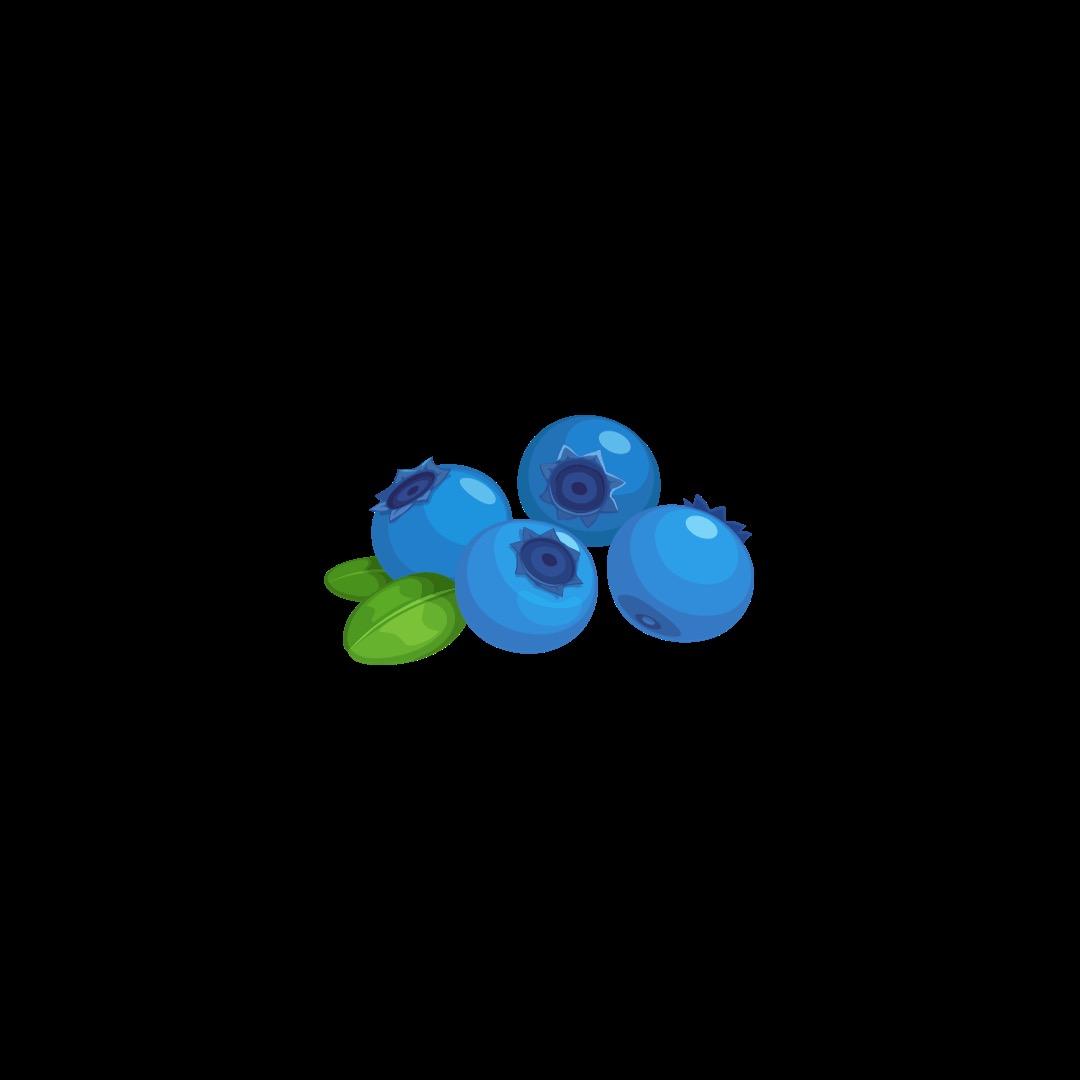
Insoluble fiber does not dissolve in water…it helps food move throughout the digestive system.
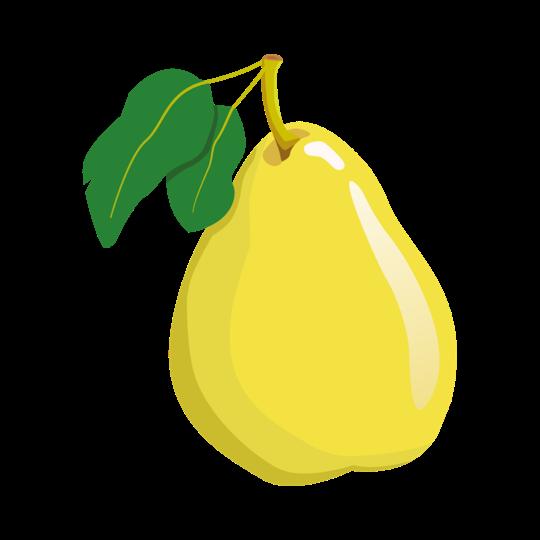
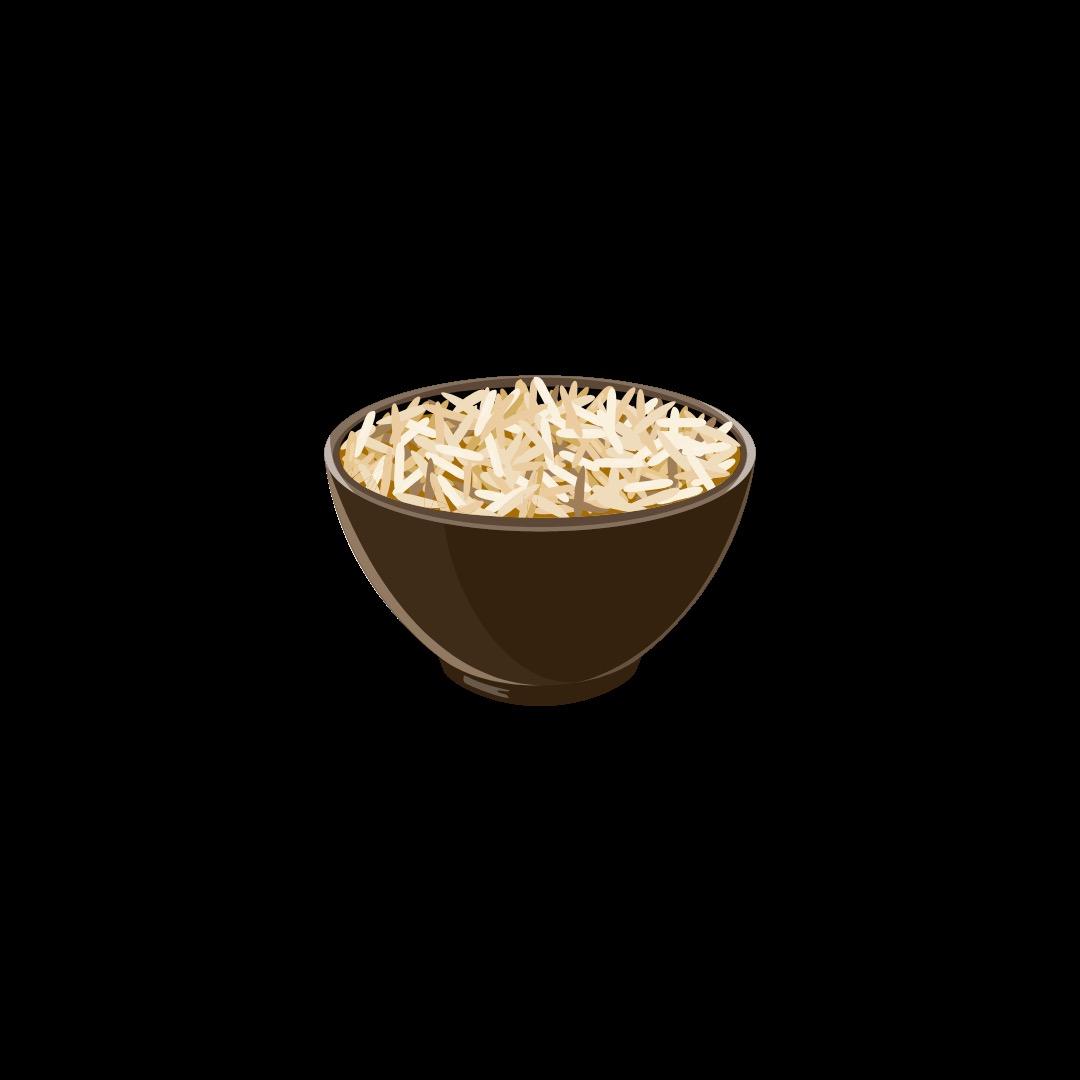

Dairy & meat products do not have any fiber.



Cherries are a type of stone fruit - a fleshy fruit that contains a hard “pit” inside.
Honeybees
cherry trees main pollinators.
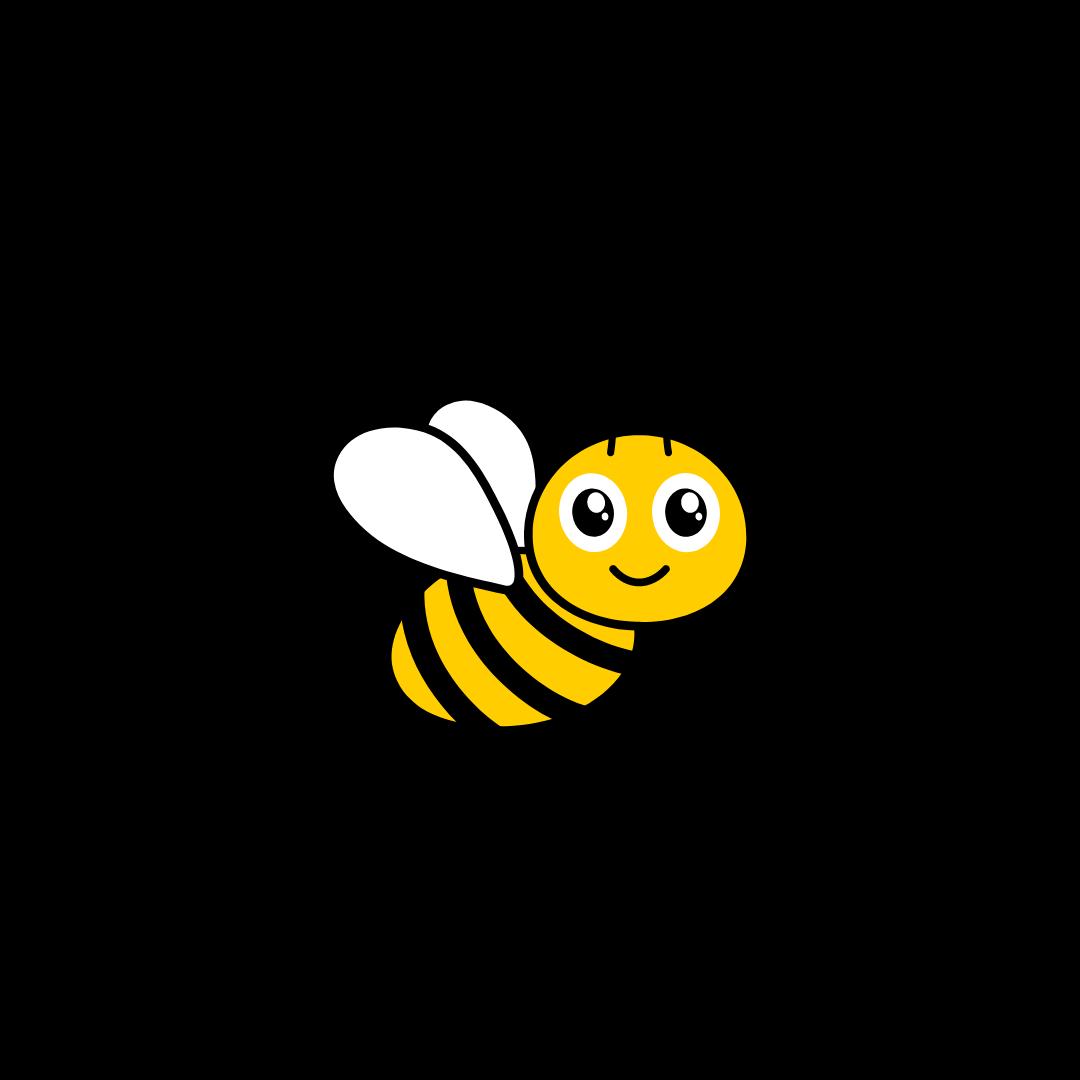
Bing cherries –the most popular variety of cherry.

Tart cherries are most often used for baking.

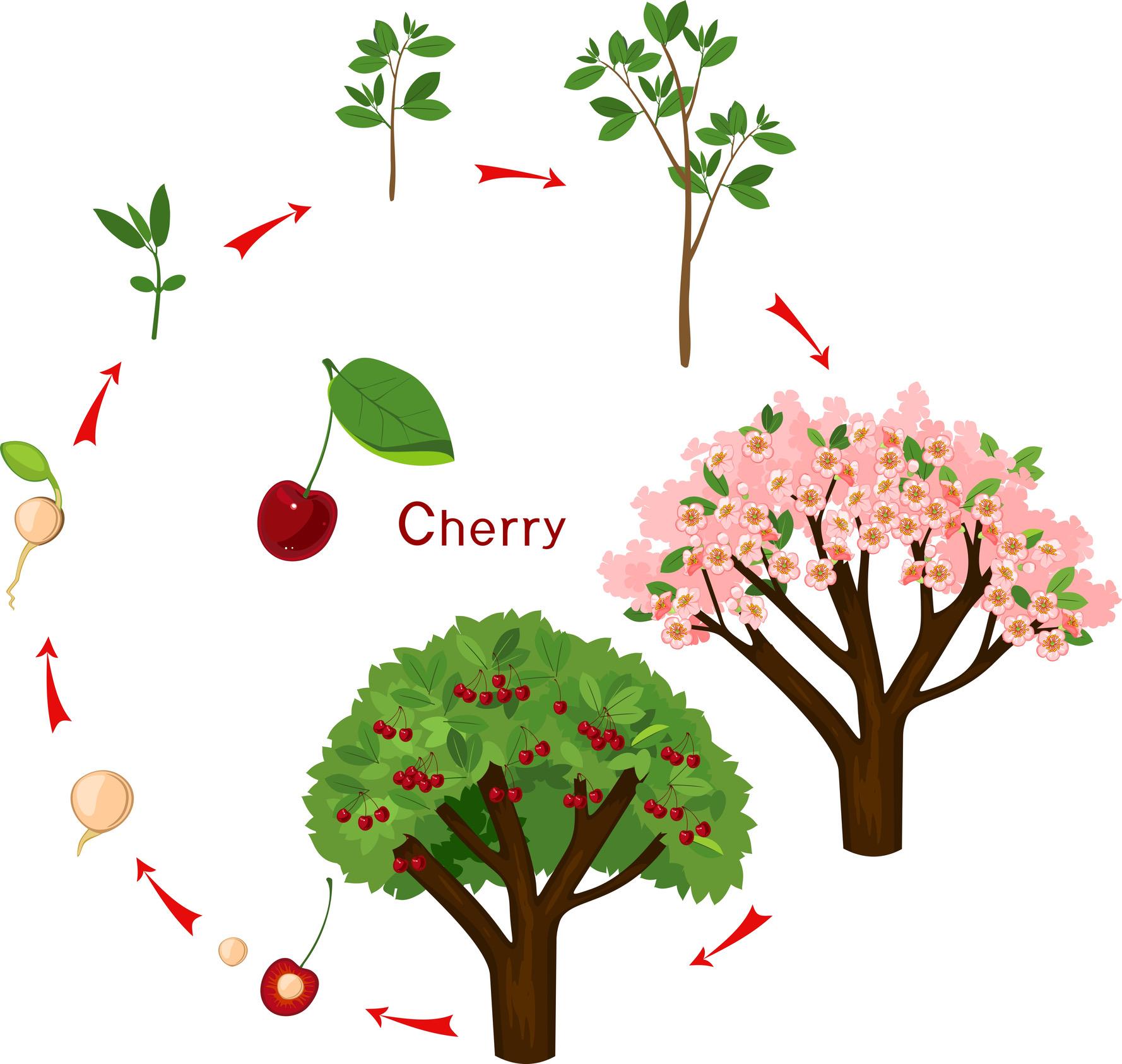

2 main types of cherries: tart & sweet.

Cherry trees can grow up to be 33 feet tall!
Cherries grow on trees that are known for their flowers – the cherry blossom.
Over 1,000 varieties.
An entire cherry tree can be harvested in just 7 seconds.
A typical cherry tree produces ~ 7,000 cherries.
A cherry tree can survive and produce fruit for around 100 years.


Potassium supports balancing fluid in the body & proper function of the muscles and nerves.
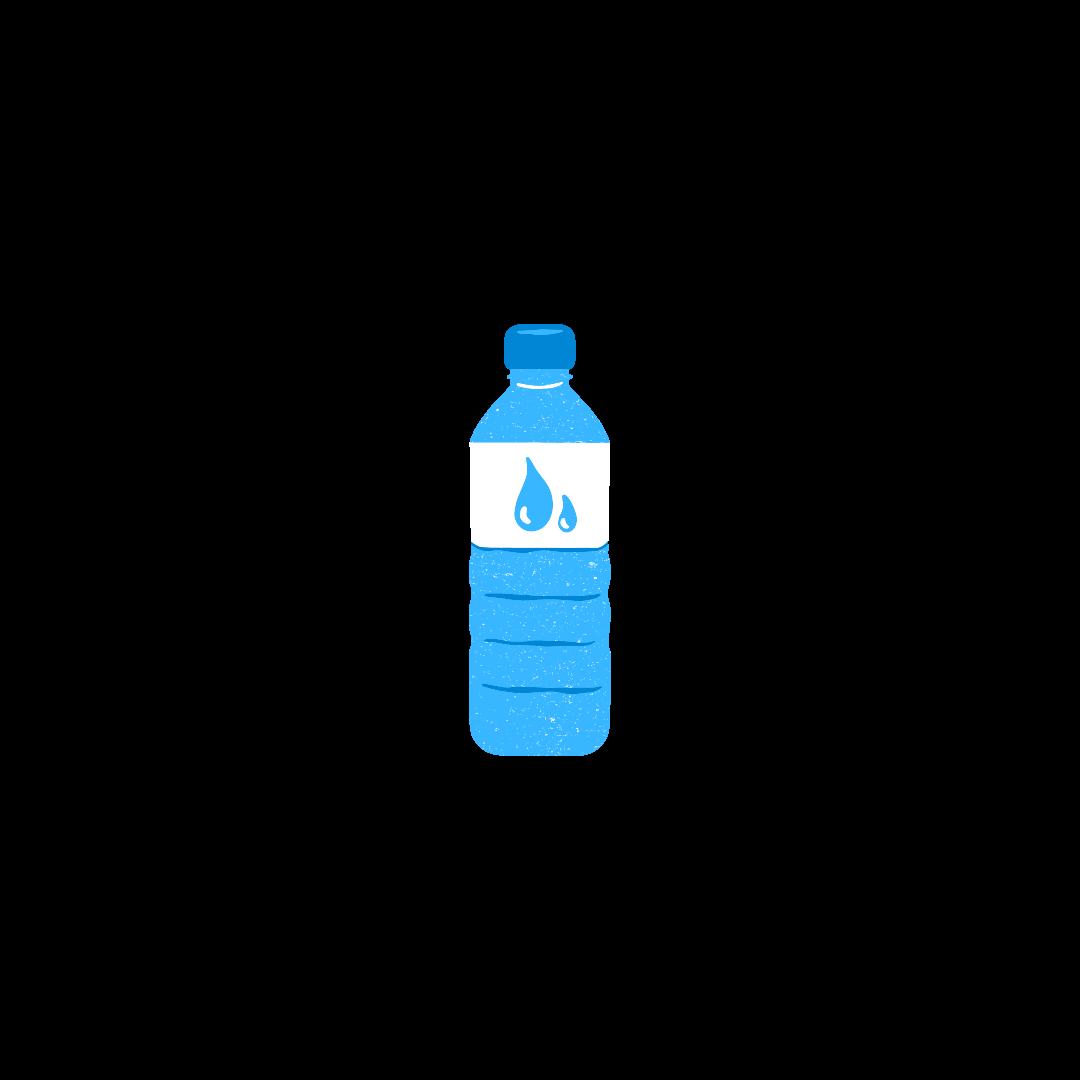
Once potassium enters the body, electrolyte.
Electrolytes help balance the amount of water in the body. hydrated!



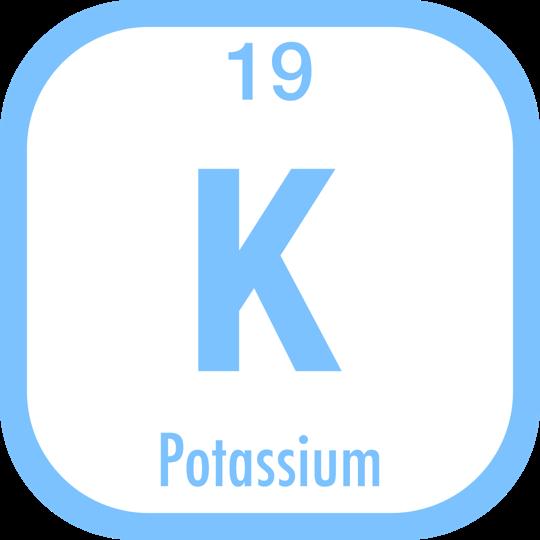
Potassium is the THIRD most abundant mineral in the body.
Potassium helps promote bone health.
The body is made up of approximately 60% water.
Potassium helps to regulate muscle contractions.
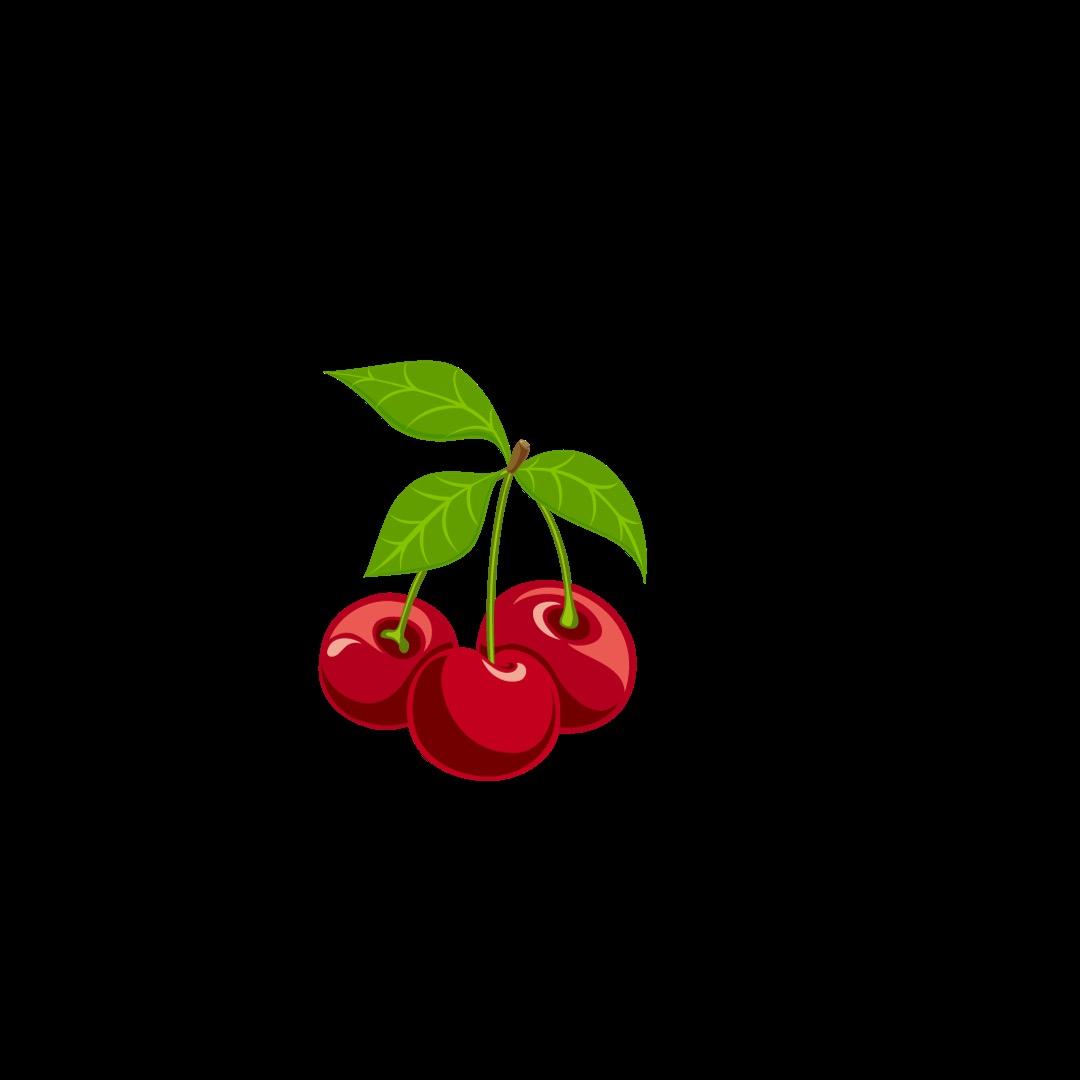
98% of the body’s potassium is found in its cells.
Many runners eat foods high in potassium before a run to prevent muscle cramps




Watermelon is a type of fruit that is a part of the gourd family
Watermelons are the official state vegetable of Oklahoma.
Watermelons are harvested by hand
There are over 1,200 varieties watermelon.
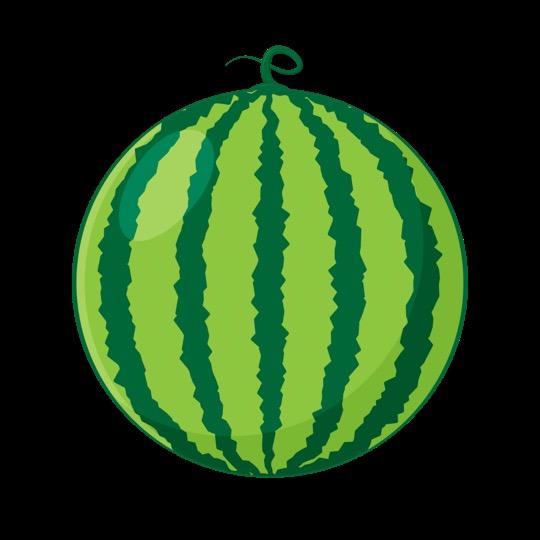

Watermelons are related to squash
Watermelons are technically a fruit AND a vegetable.
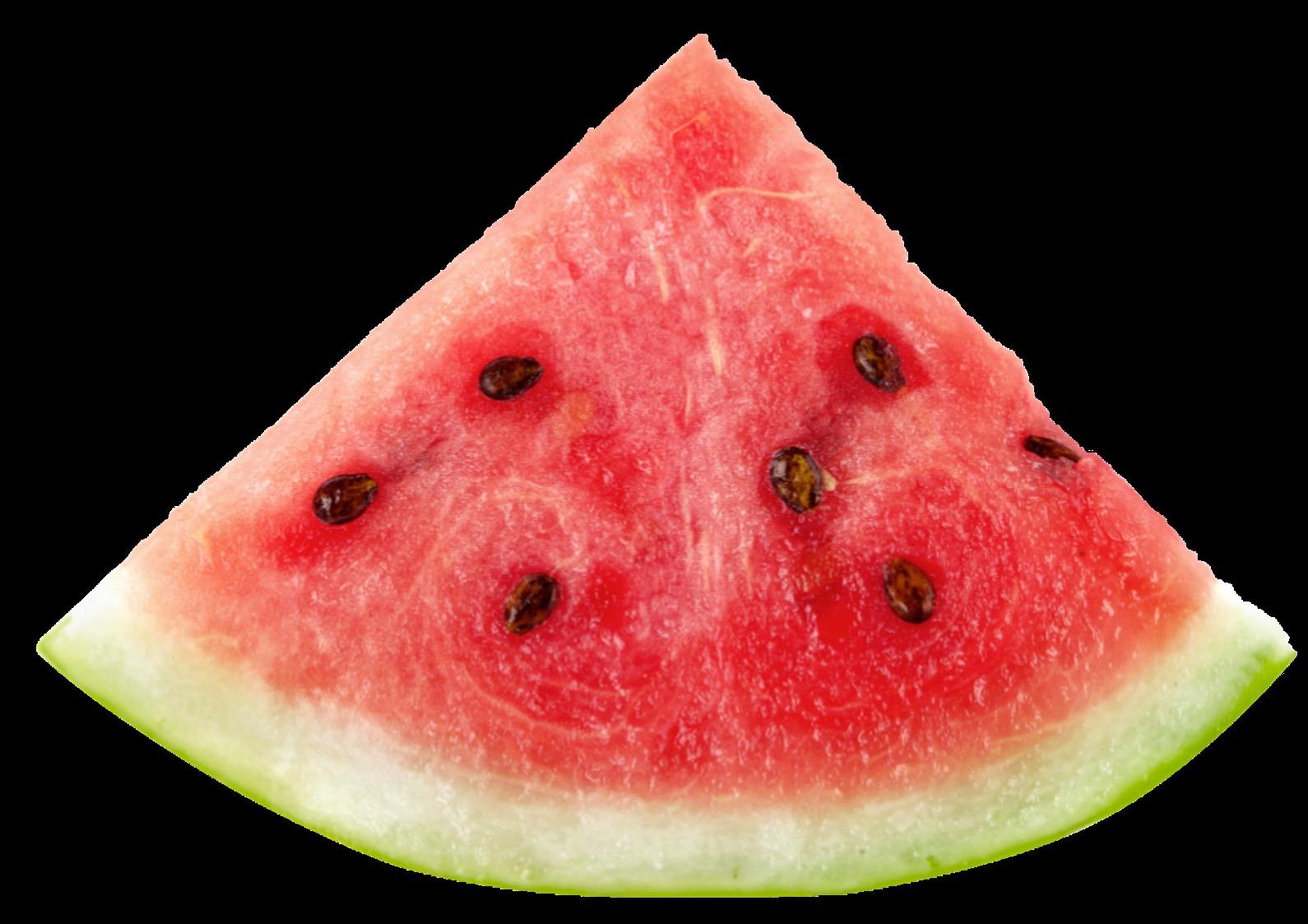
Watermelons take 90 days to grow from seed to fruit.
Seedless watermelon are the most popular.
JULY is National
Watermelon Month!

Watermelons are 92% water.


Watermelons are grown in 96+ countries worldwide.




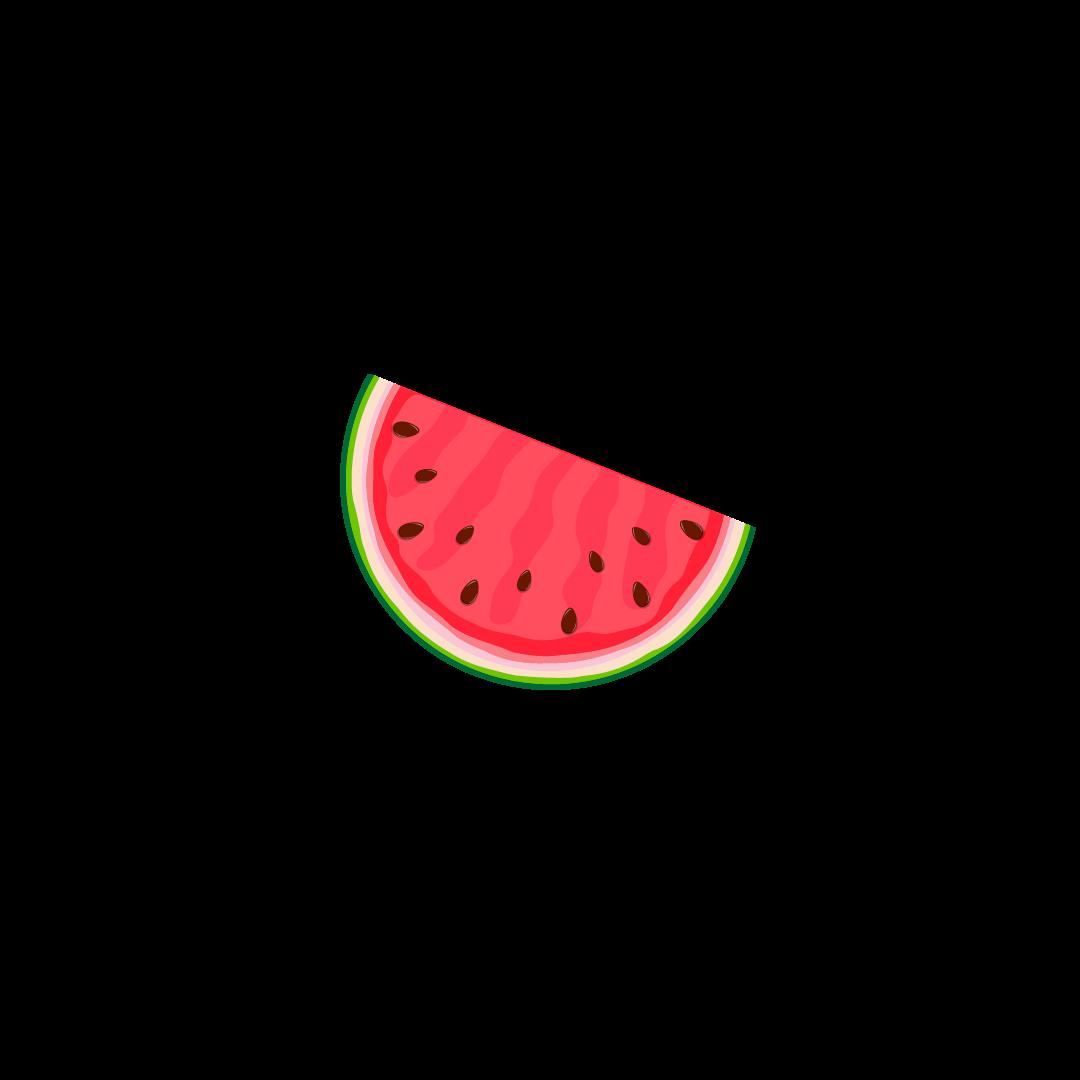
Hydration is the process of Water is the body’s main source of hydration.





The body’s 6 essential nutrients: carbohydrates, proteins, fats, vitamins, minerals & WATER ! Water helps carry nutrients & oxygen to all the cells in the body.

Proper hydration can help to improve moods.
The body is better at fighting off when properly hydrated.
Sleep quality can improve when the body is hydrated.
Many fruits & vegetables have a high water content, making them hydrating to eat.
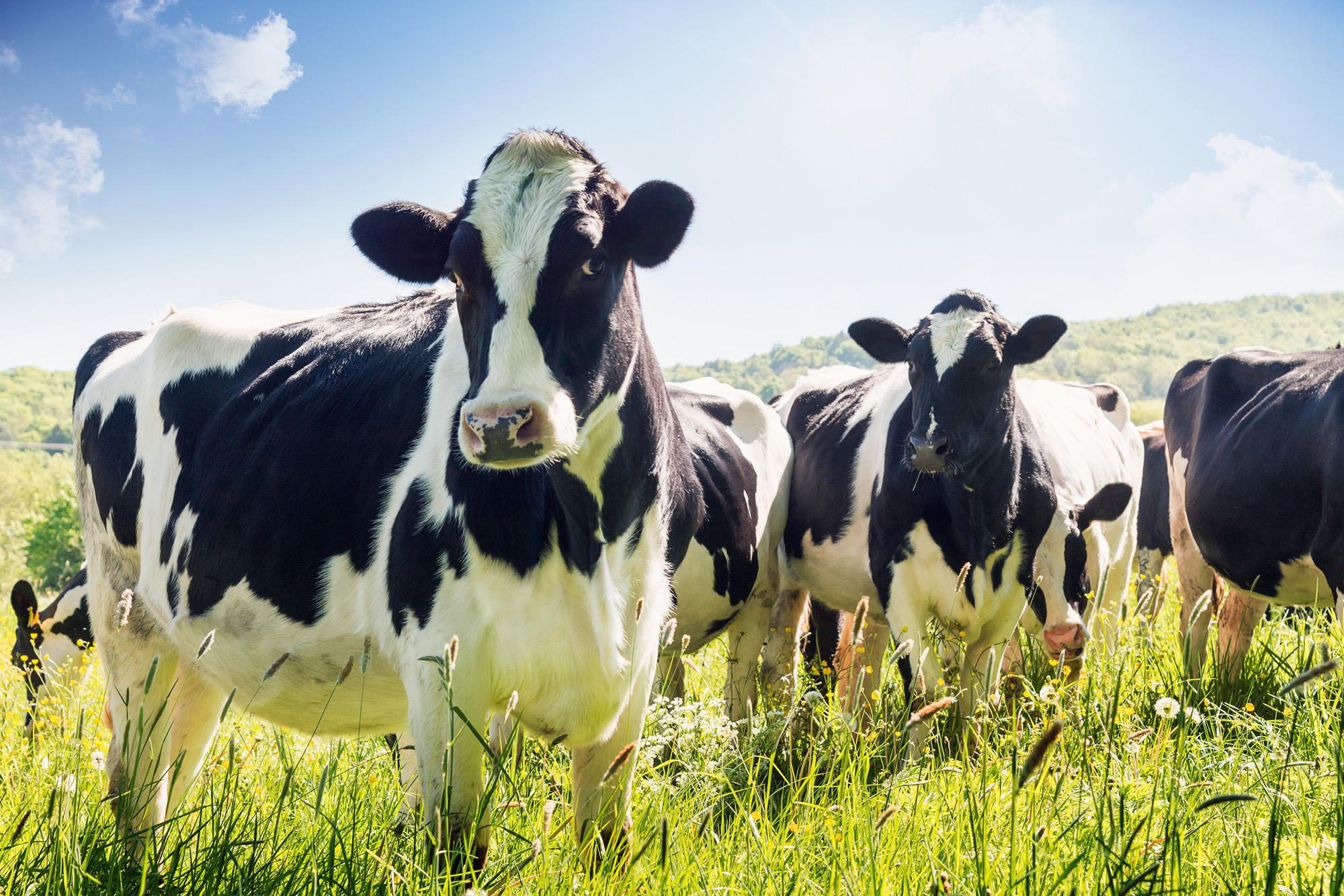


Milk is a type of dairy product –most commonly made from cows.
1. Ayrshire
2. Brown Swiss
3. Guernsey
4. Holstein
5. Jersey
1 cow produces around 6 gallons of milk/day.
1 serving milk contains 13 essential nutrients
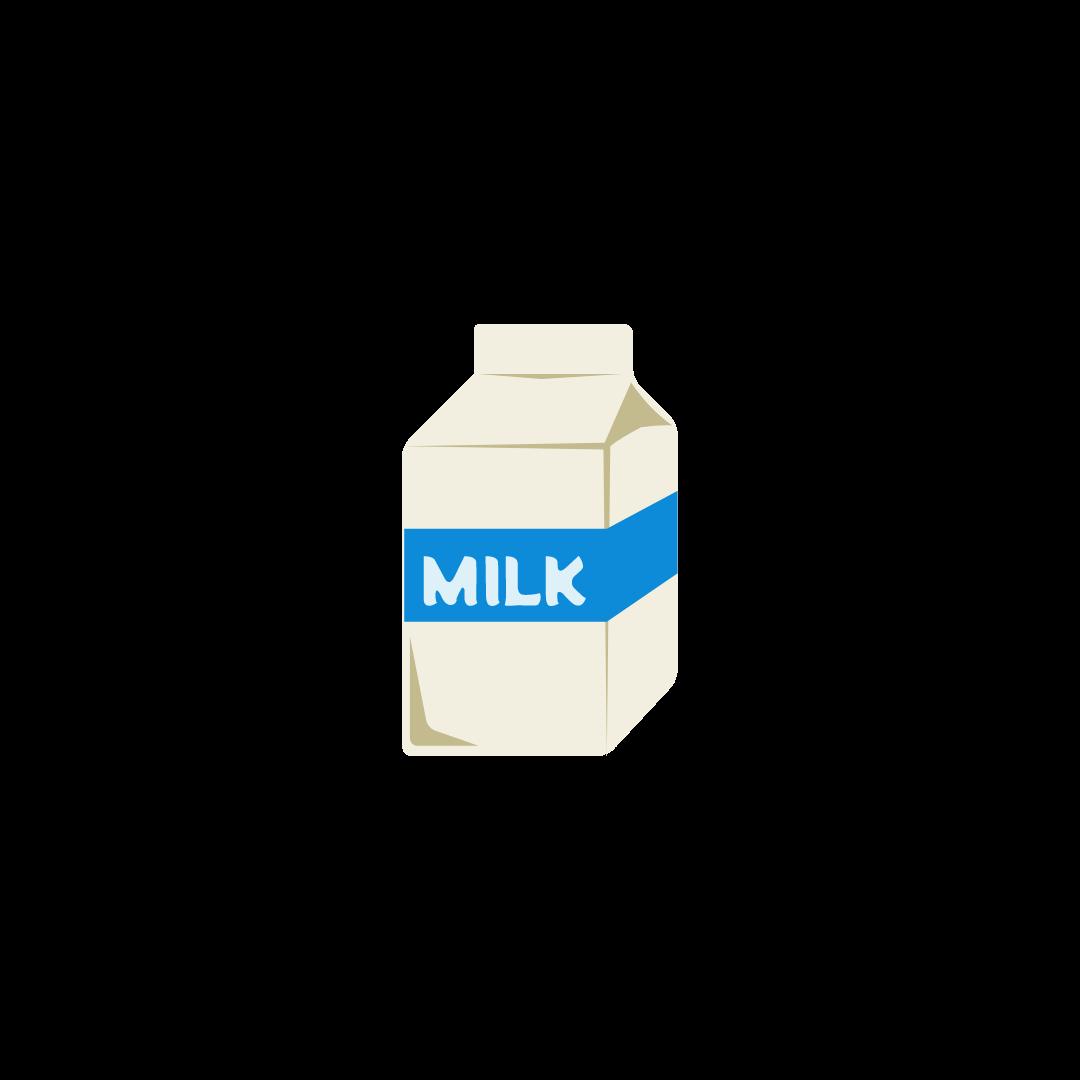

Milking Shorthorn
Holstein cows all have a unique pattern of spots!
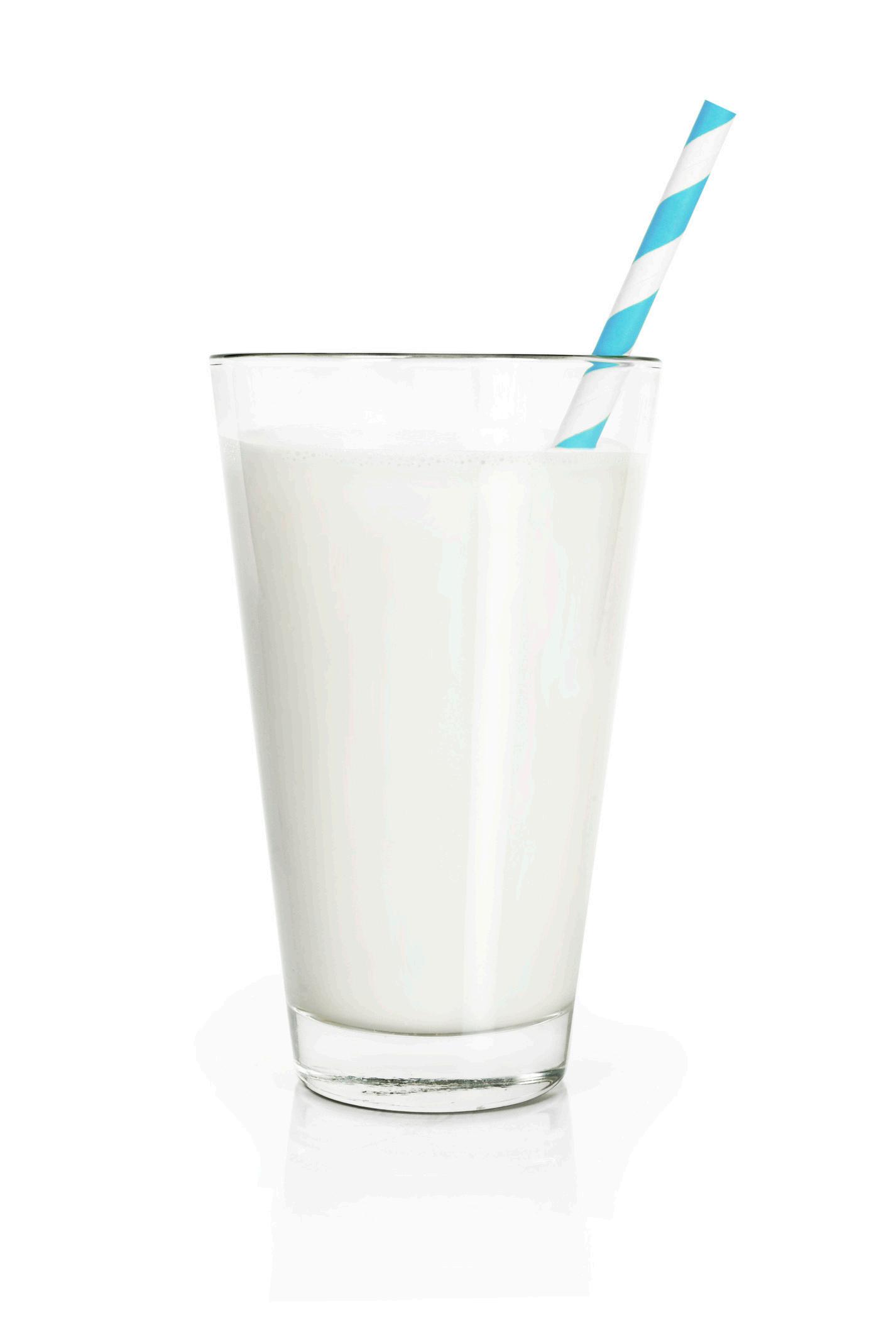

The U.S. produces ~227 BILLION pounds of milk each year.
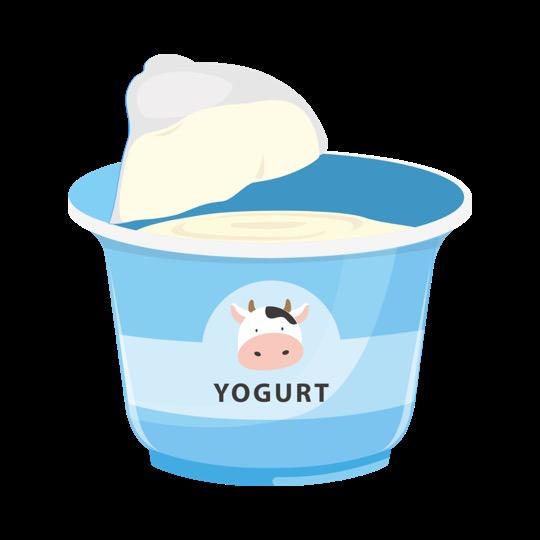
The reason milk is white is because it contains “casein” - a type of protein. Milk is the source of ALL dairy products!


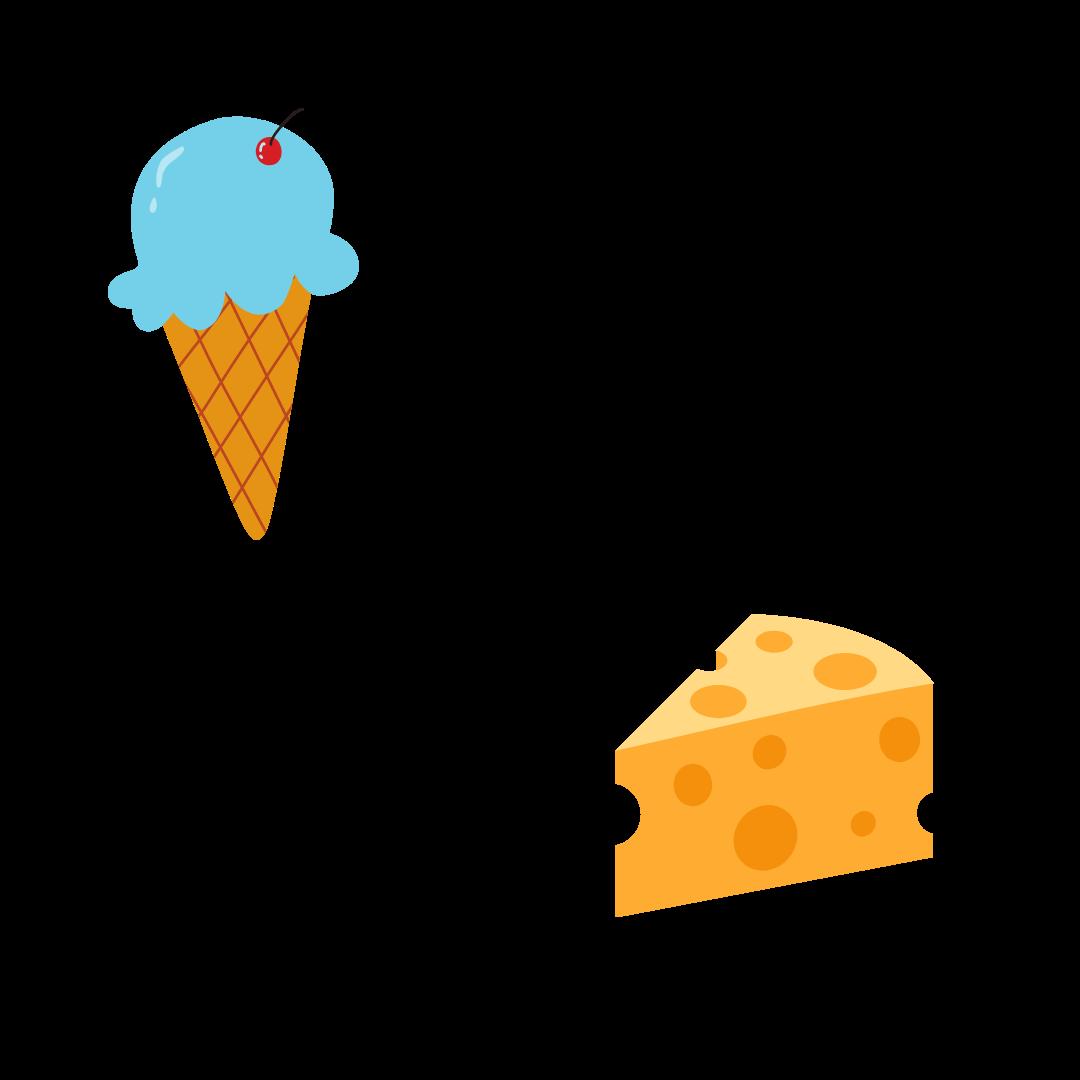
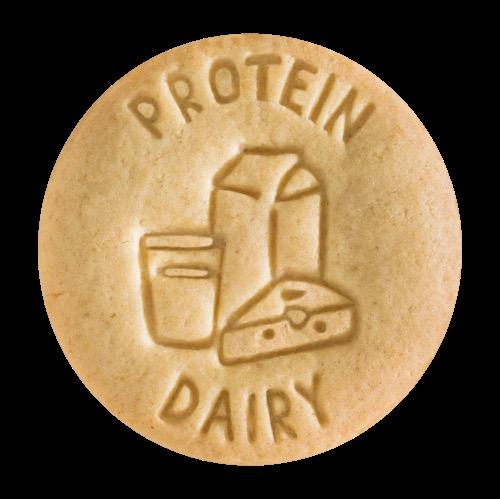




Protein builds, maintains and replaces the tissues in the body.
Protein helps to transport & store nutrients throughout the body.
18 - 20% of the body is protein.

EVERY cell in the human body contains protein.

The body cannot store protein long term… which is why protein needs to be consumed daily.

Protein plays a big role in building and repairing muscles.
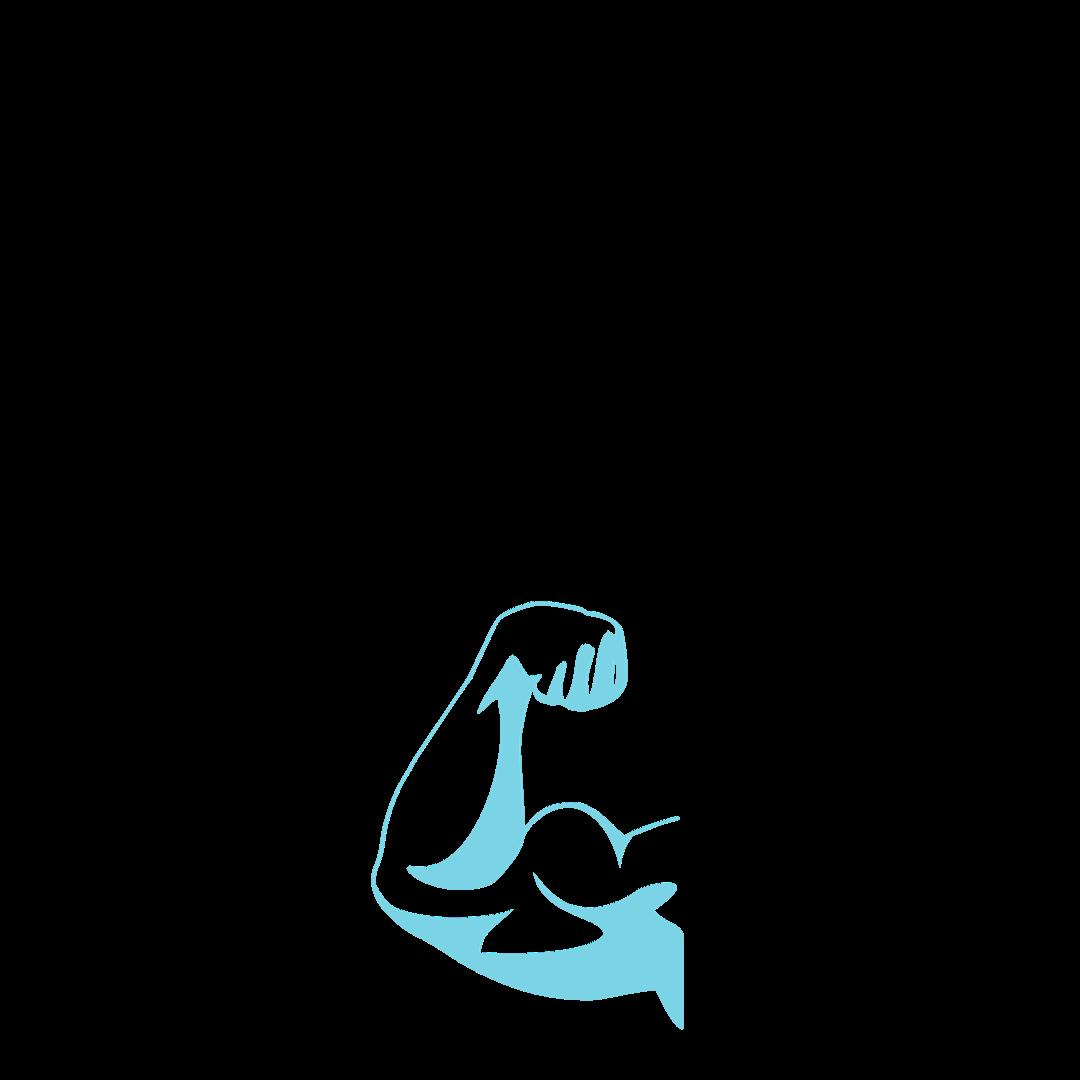

Protein is a MACRONURIENT . A macronutrient is a nutrient that the body needs in LARGE
Protein helps maintain fluid balance throughout the body.
